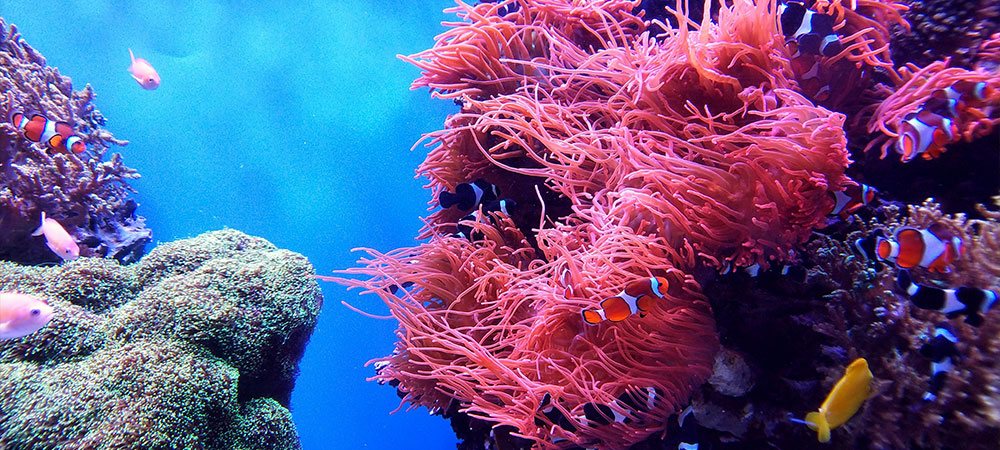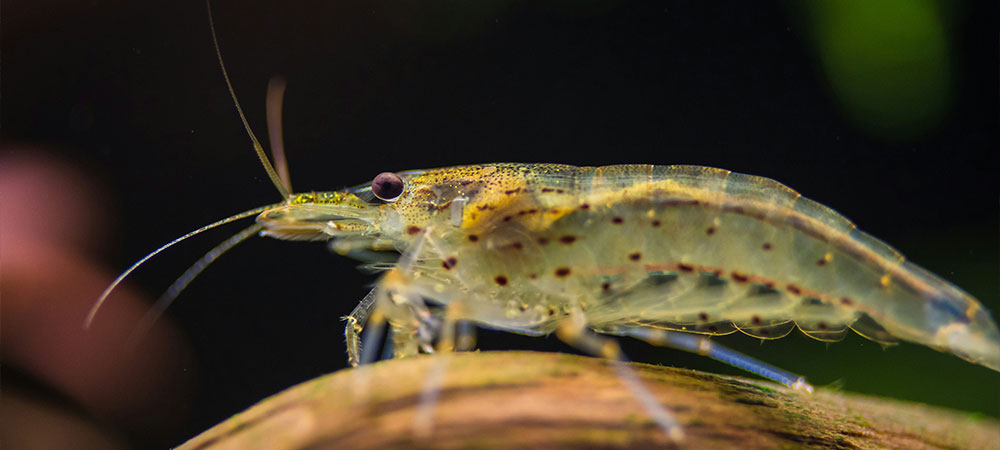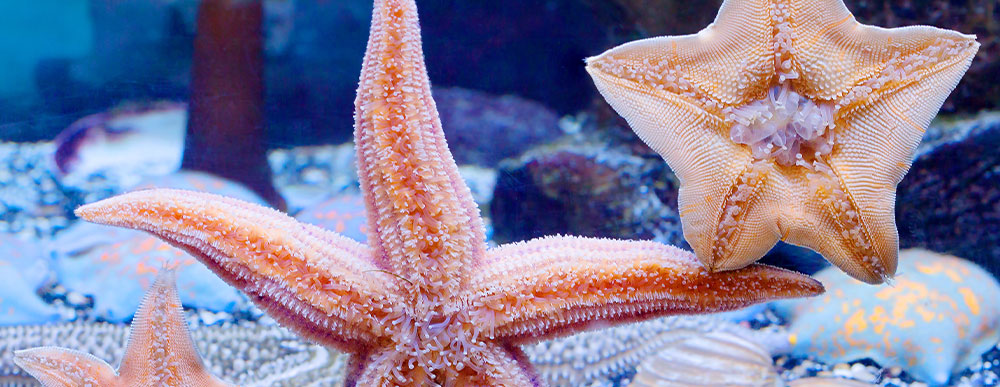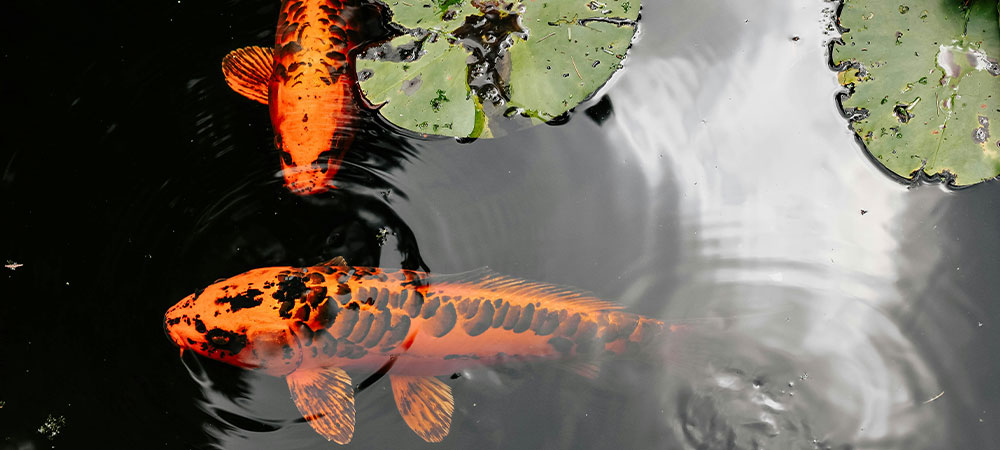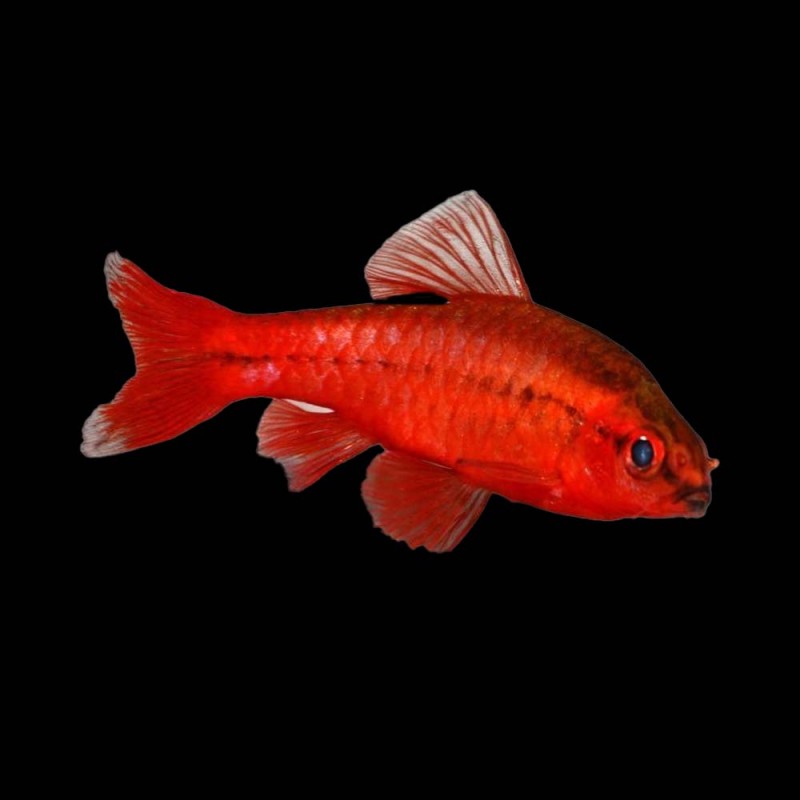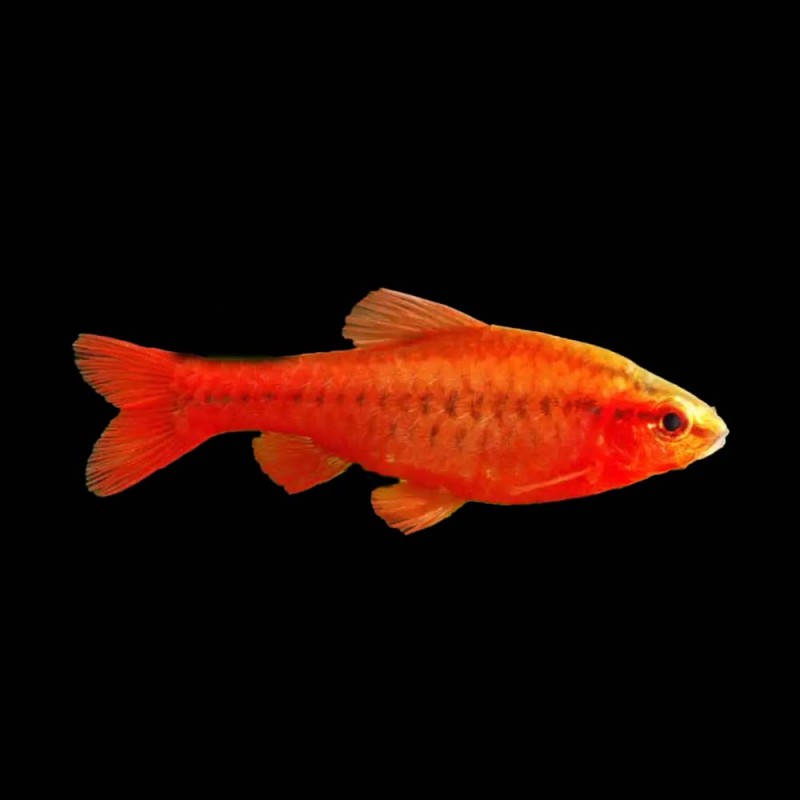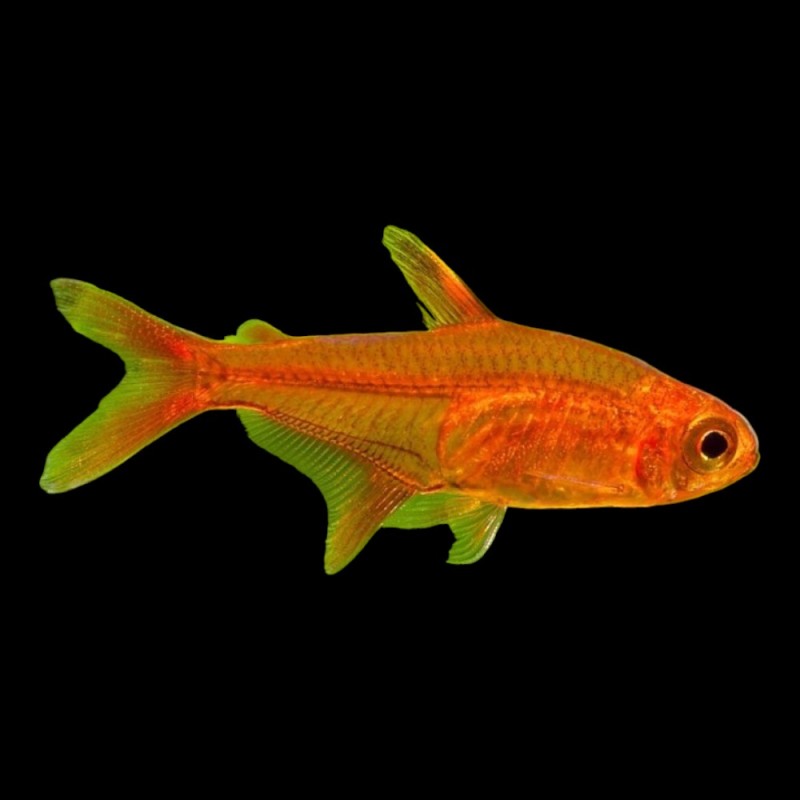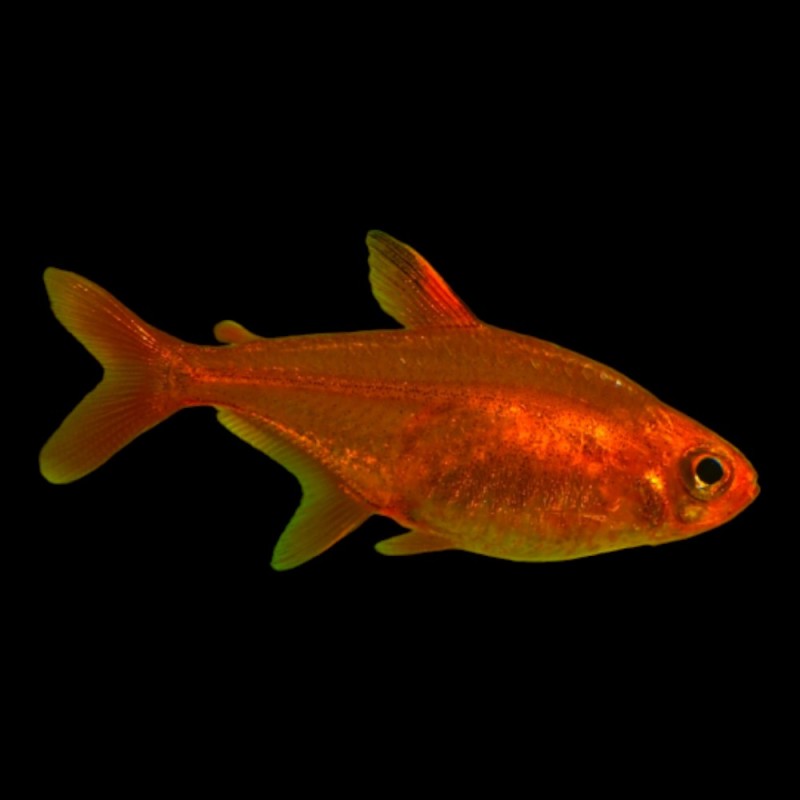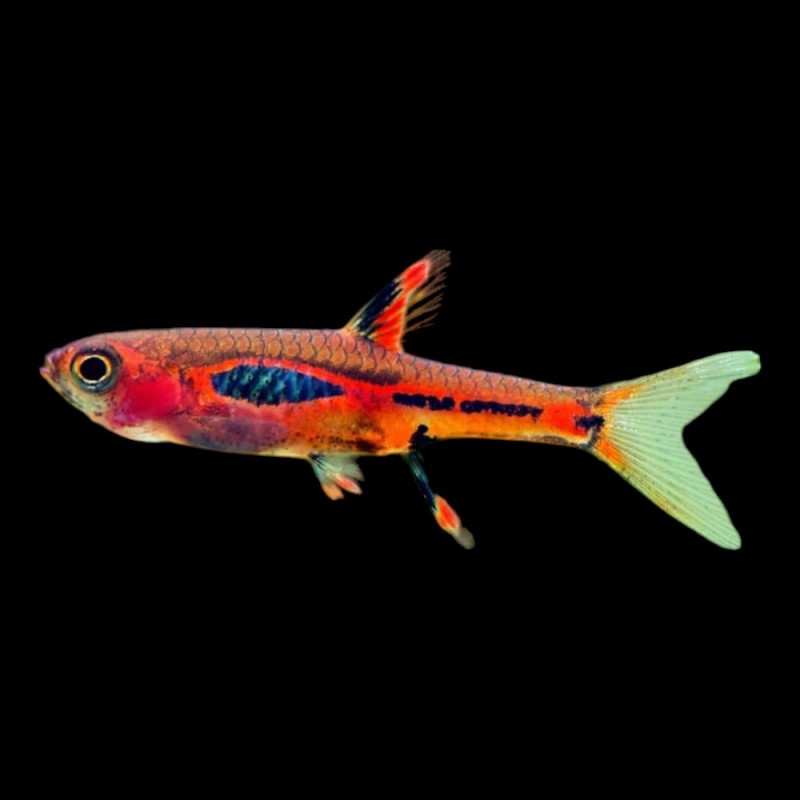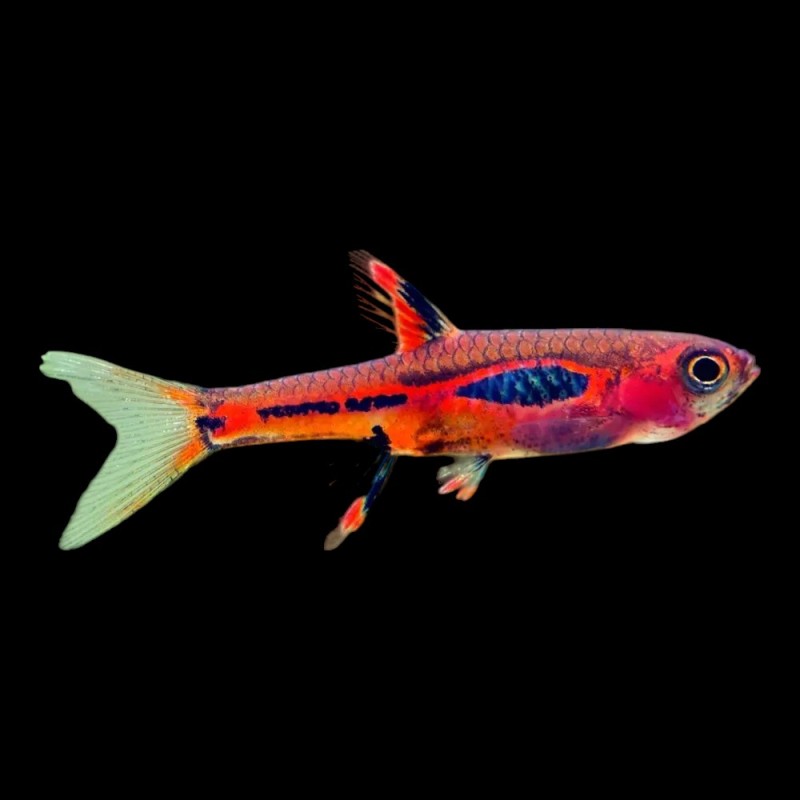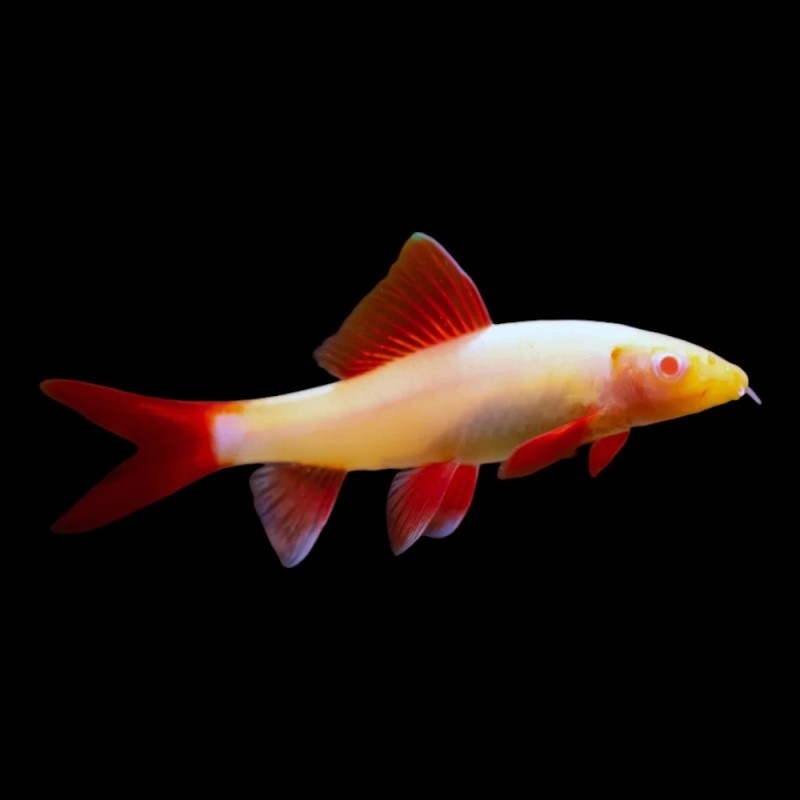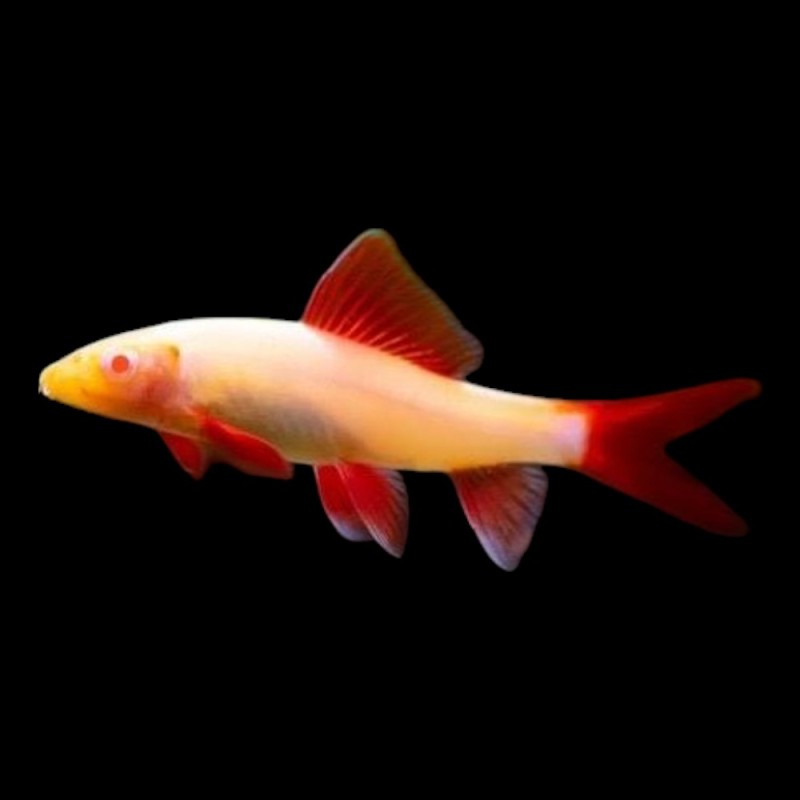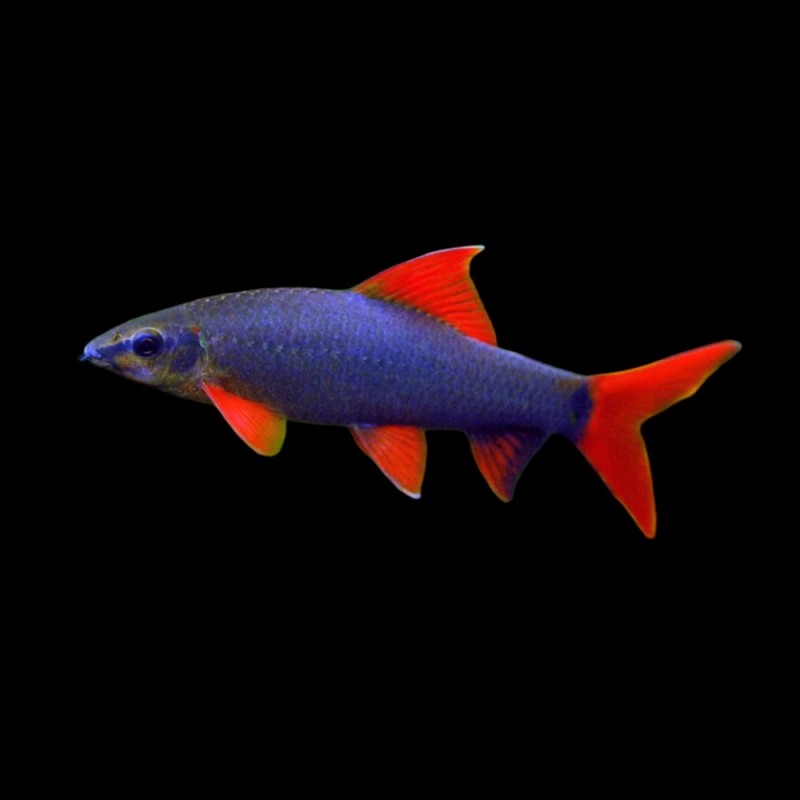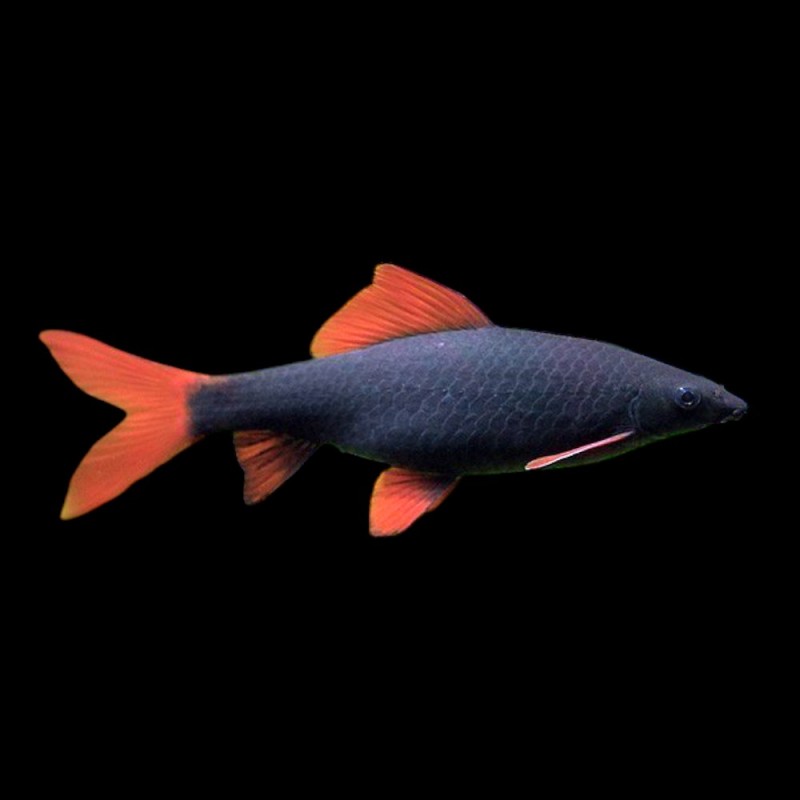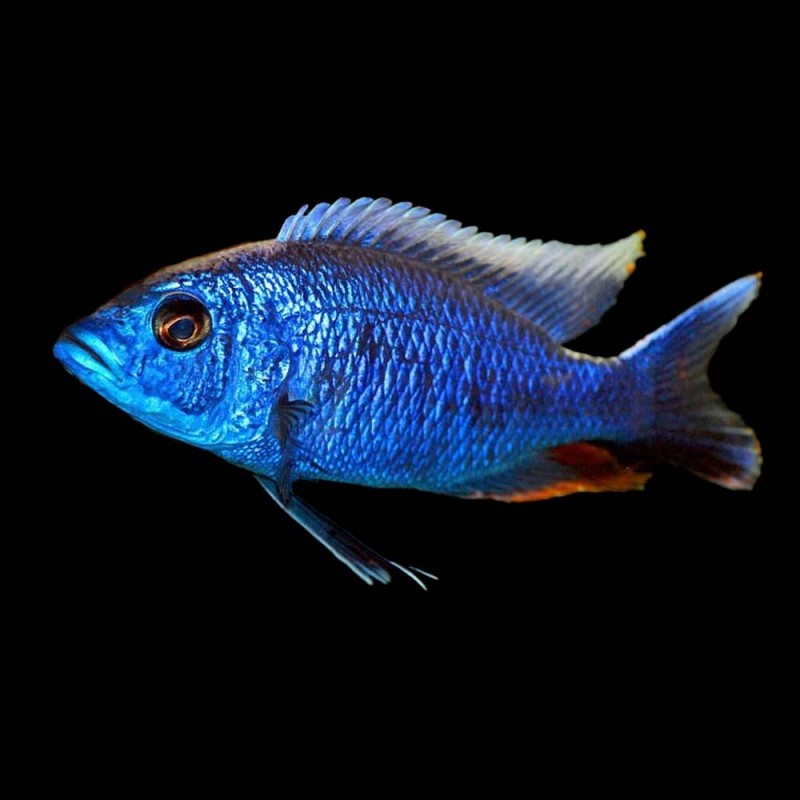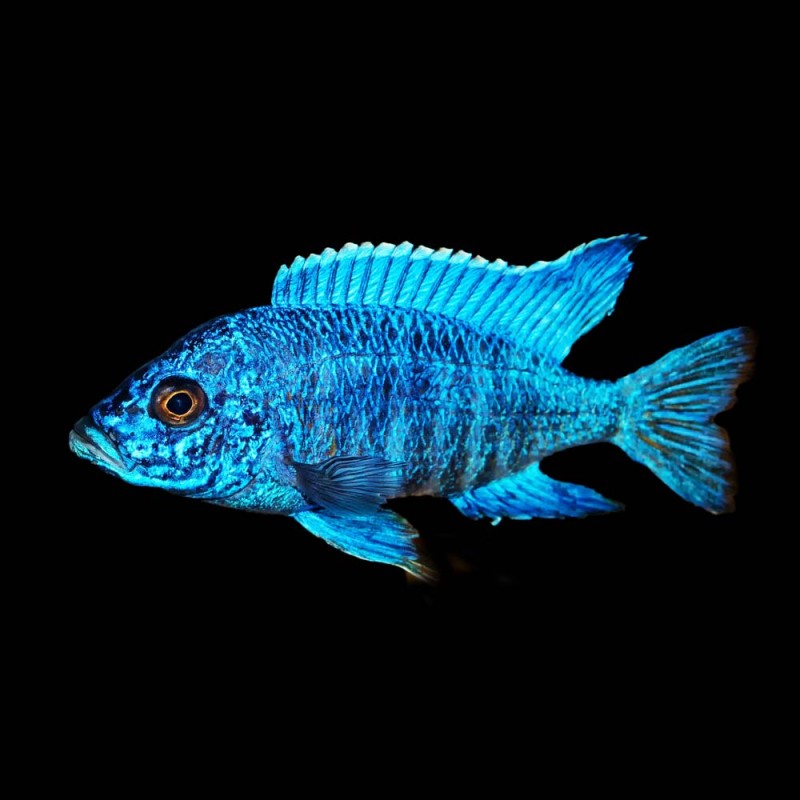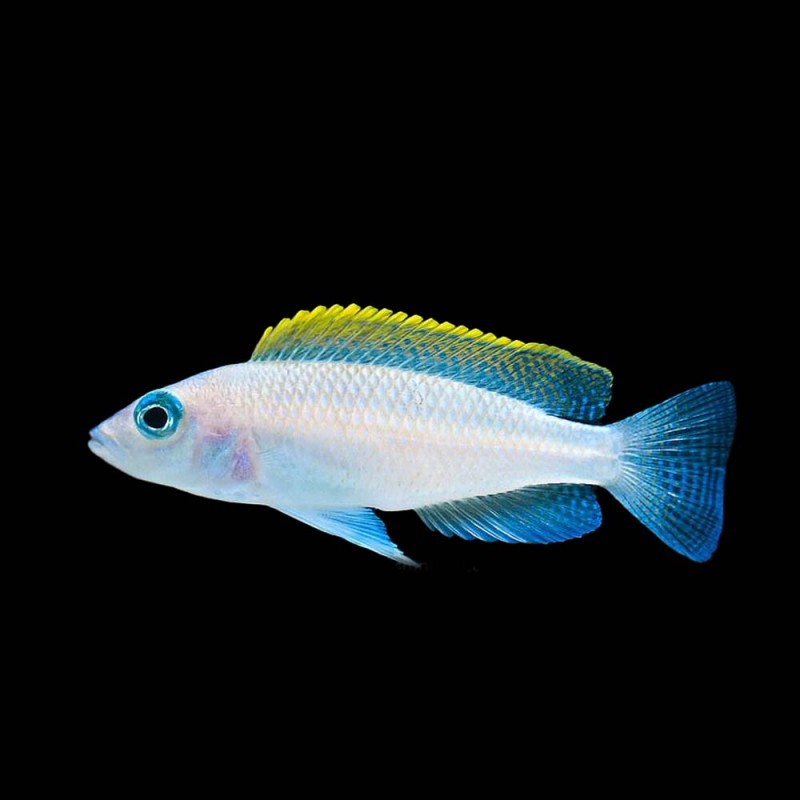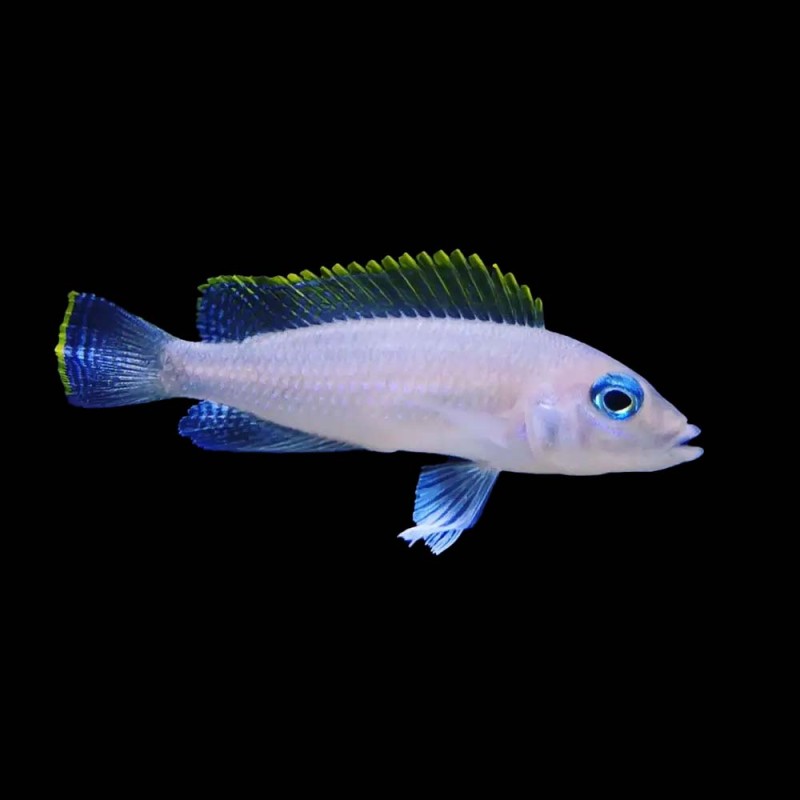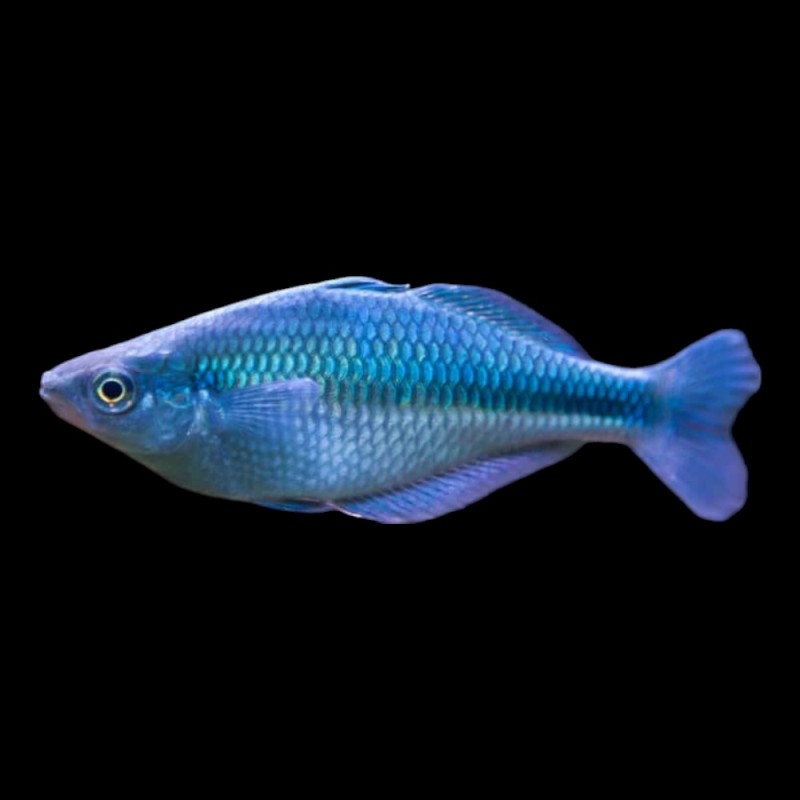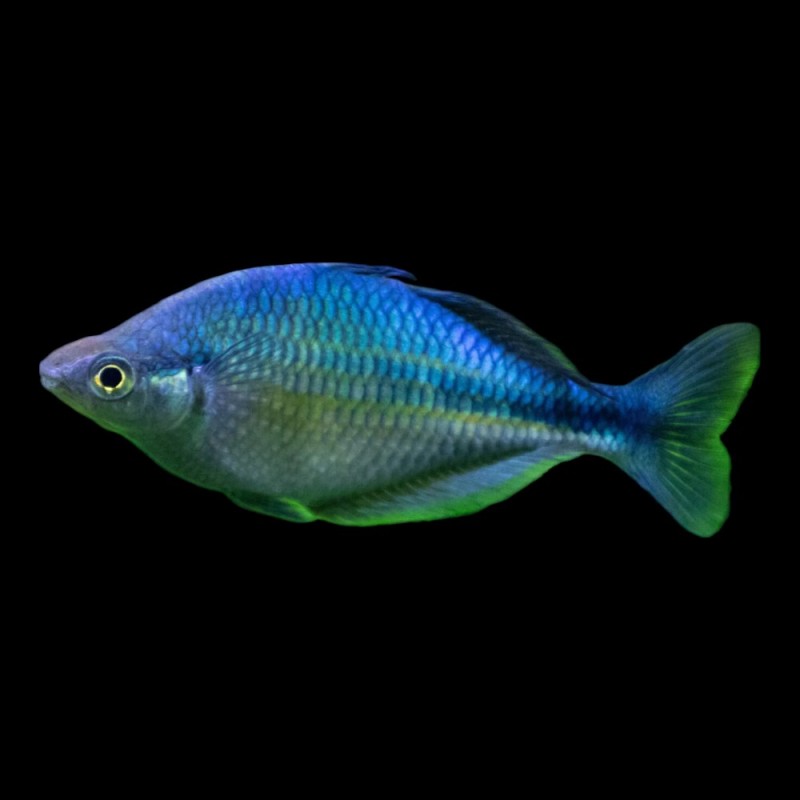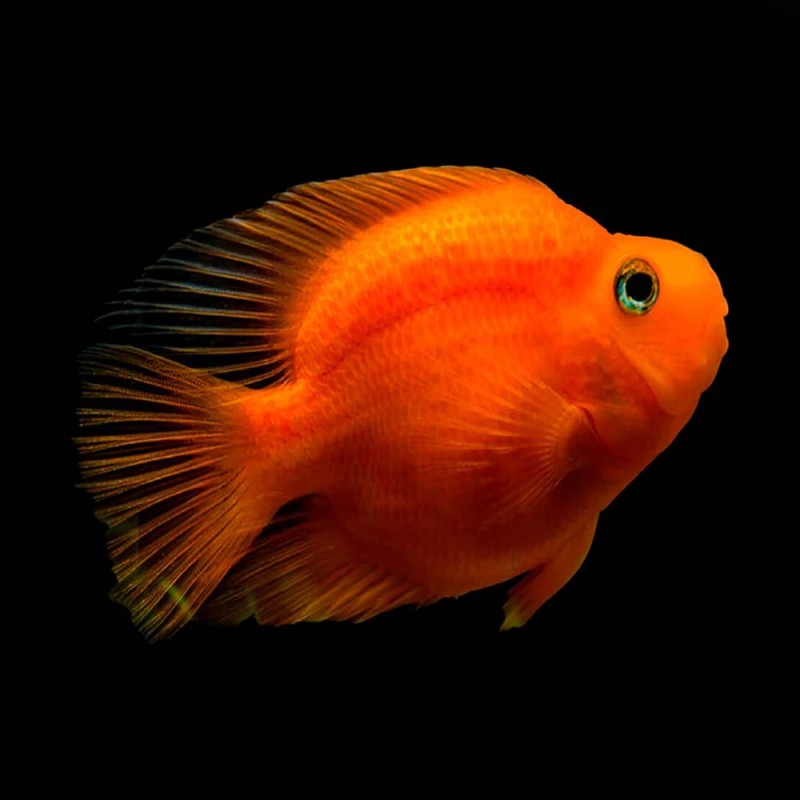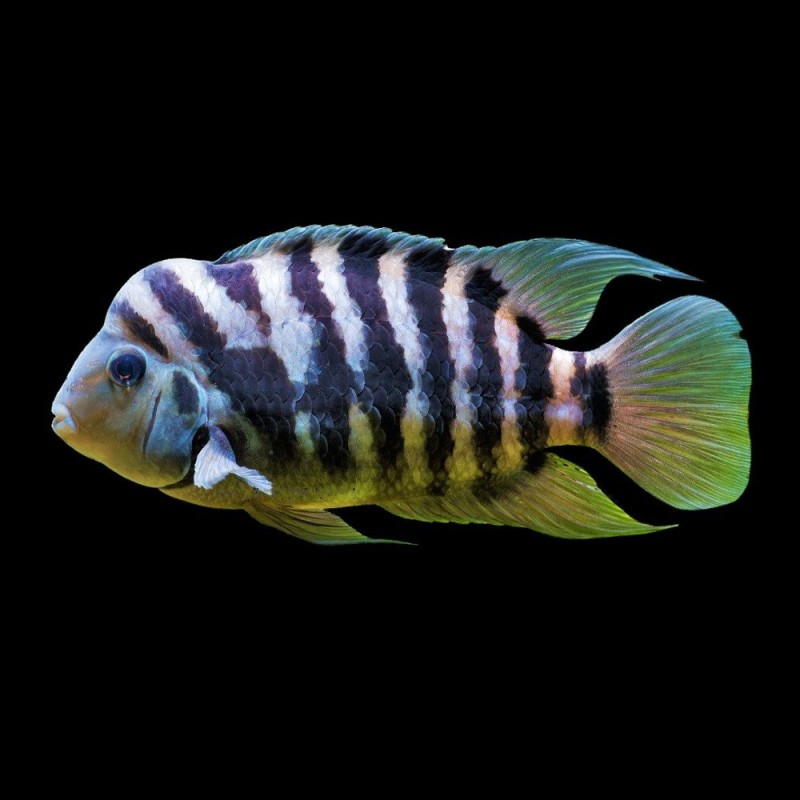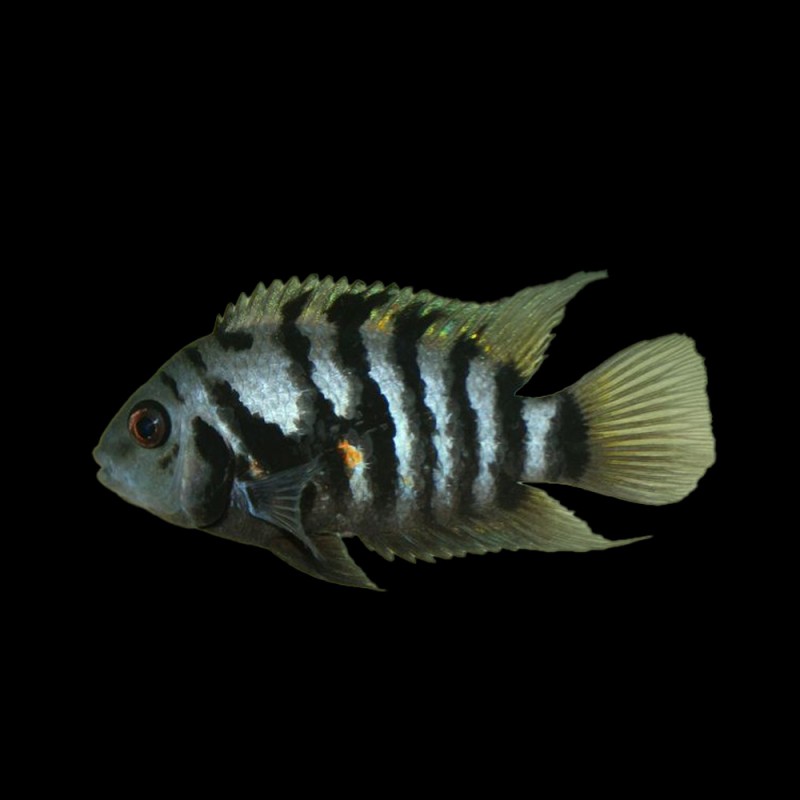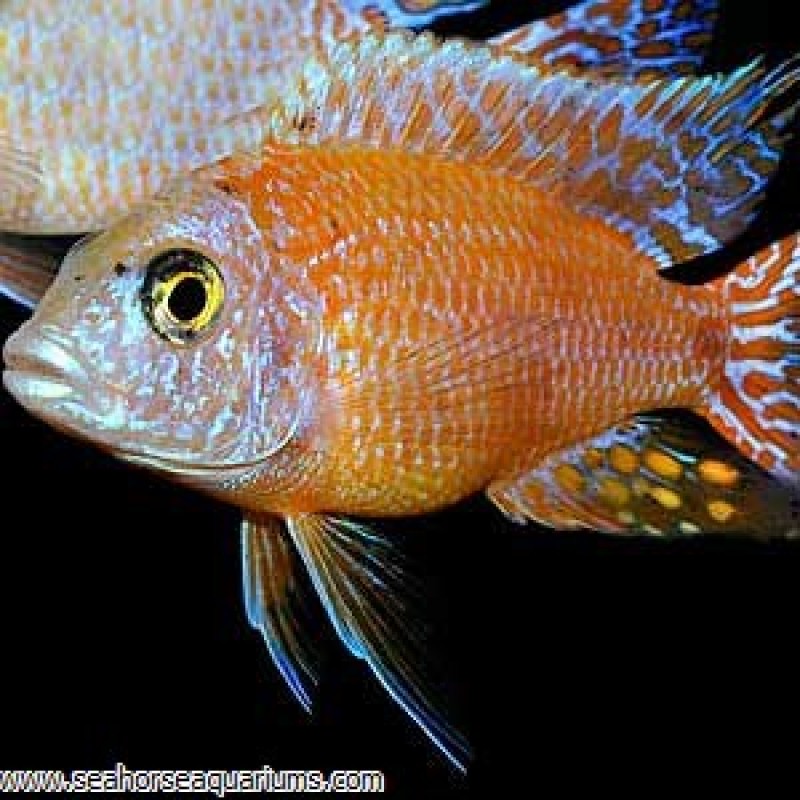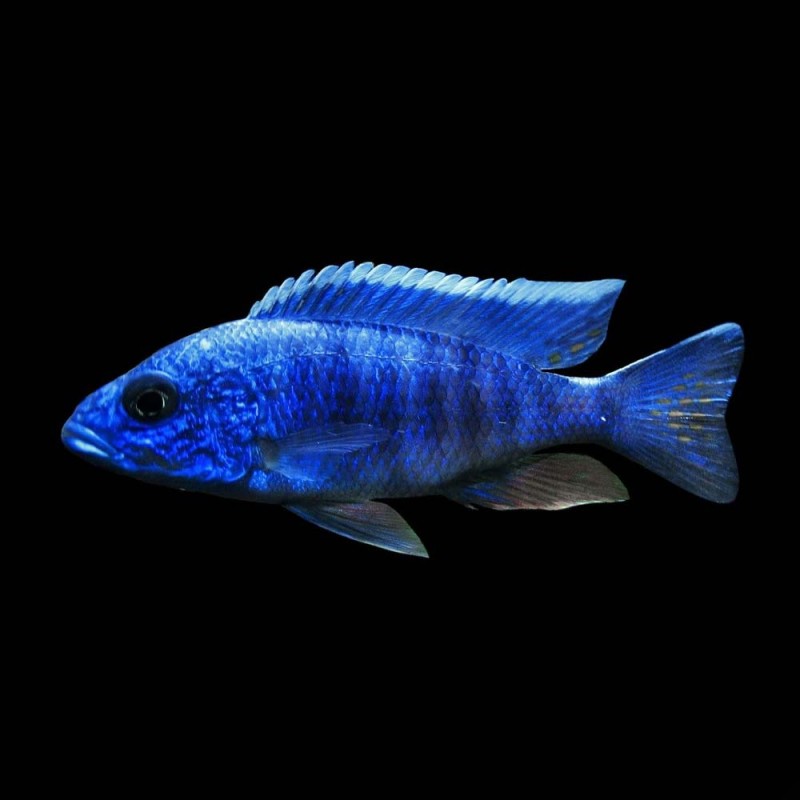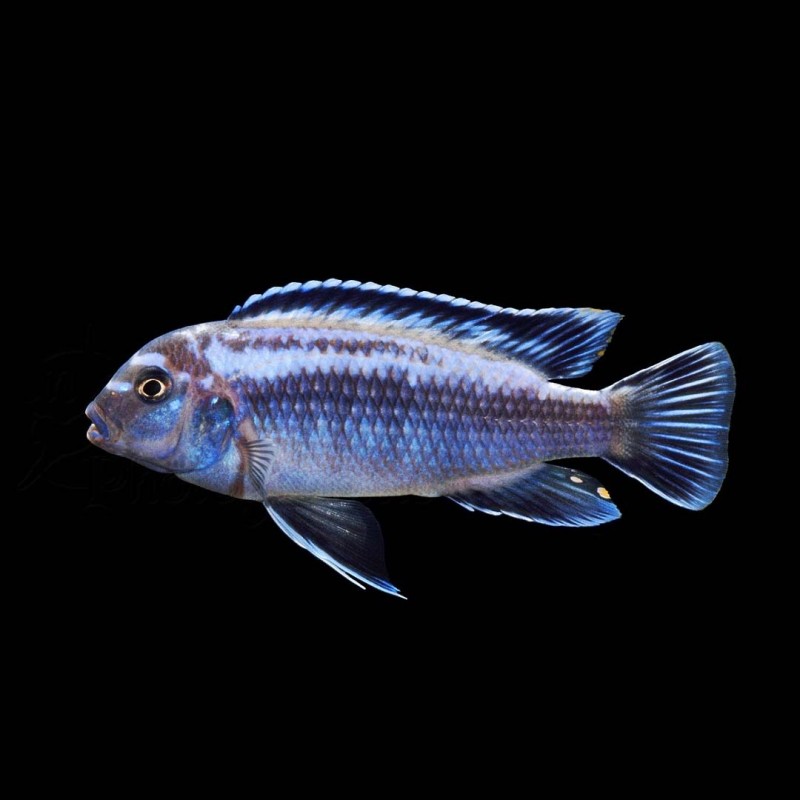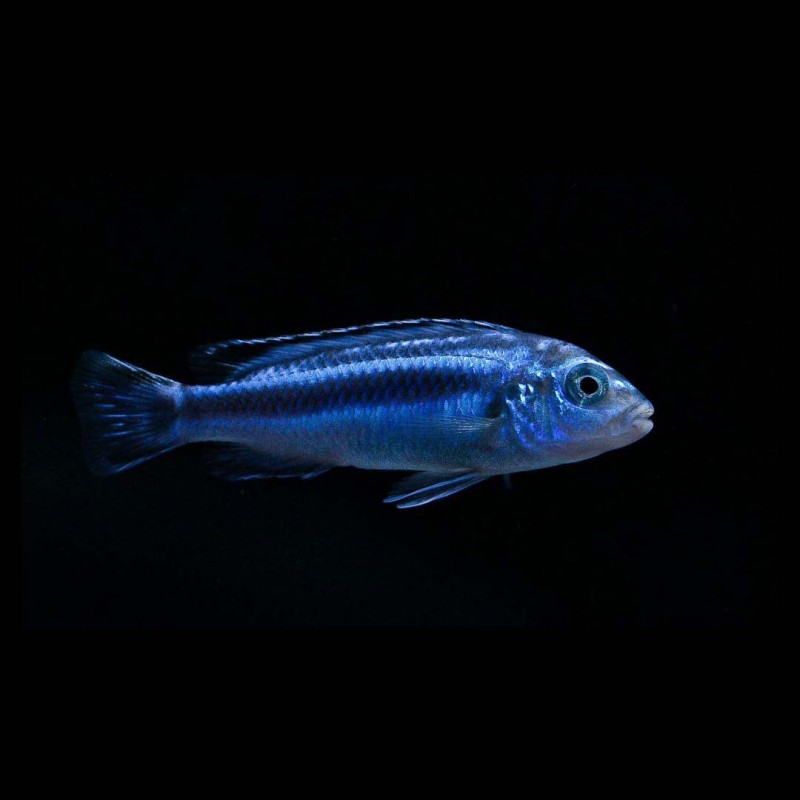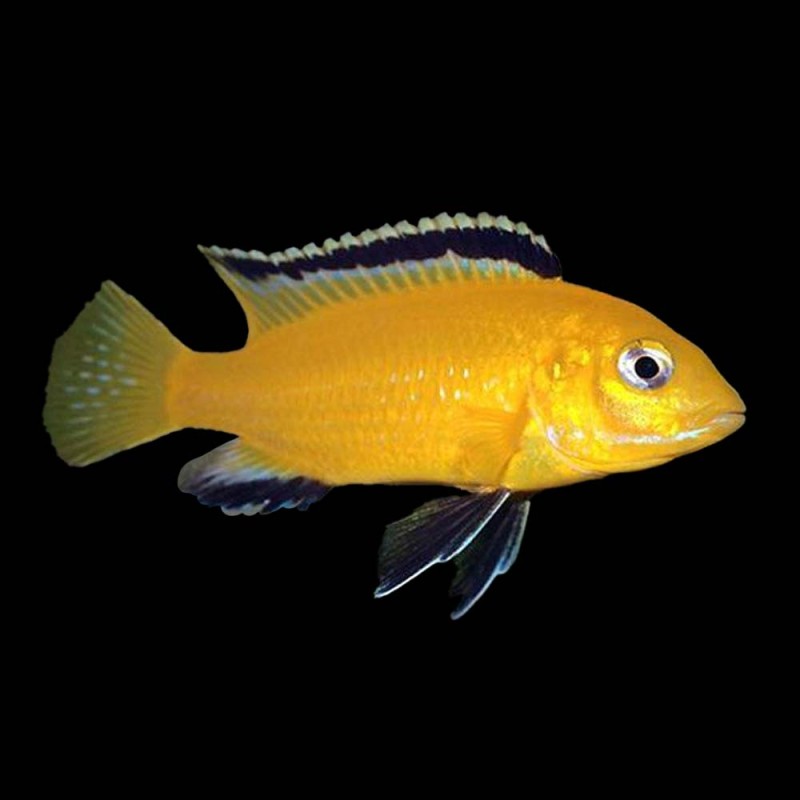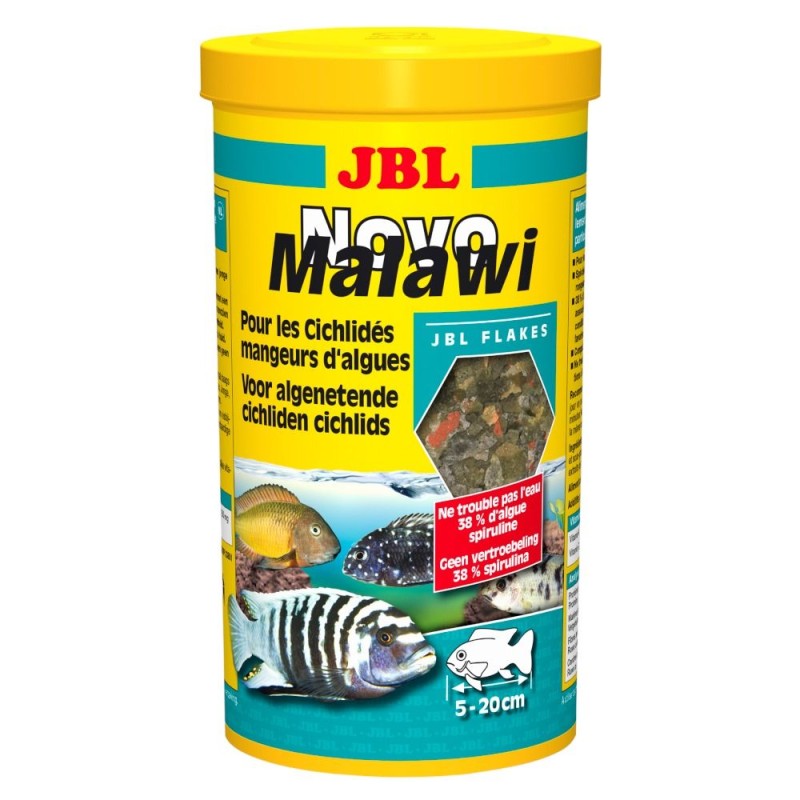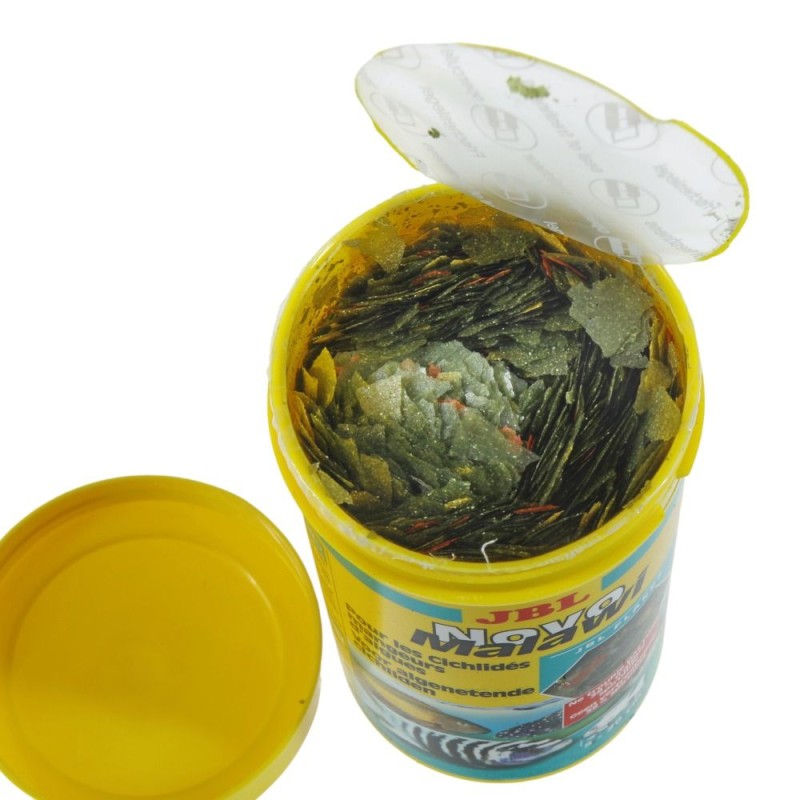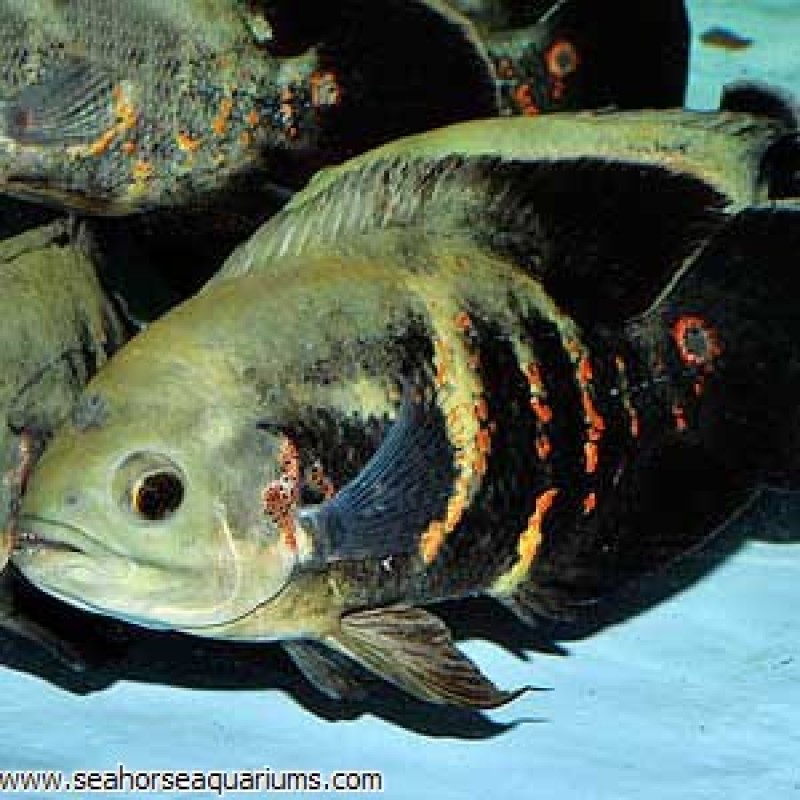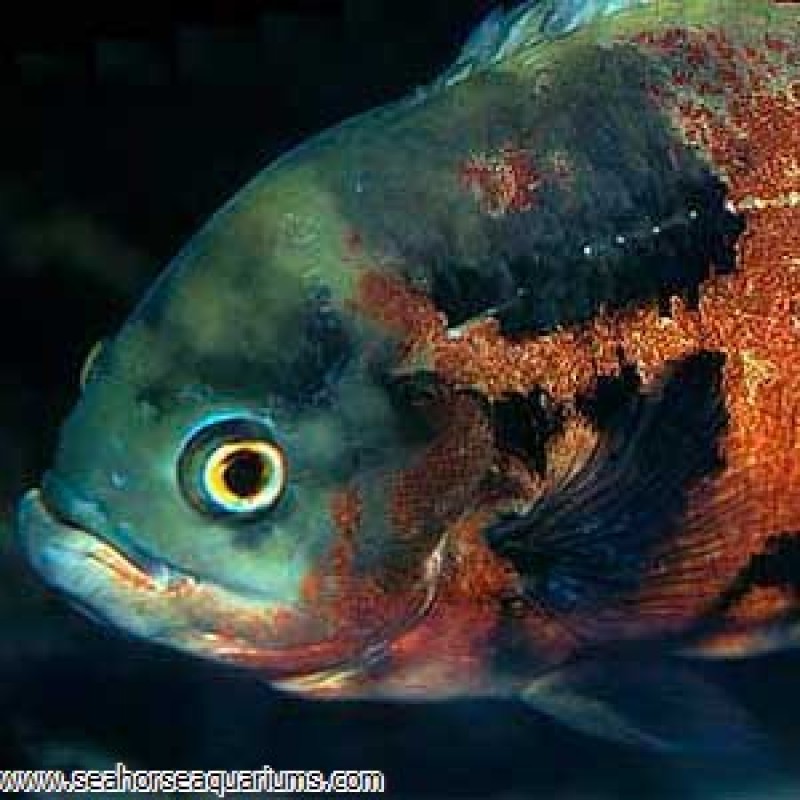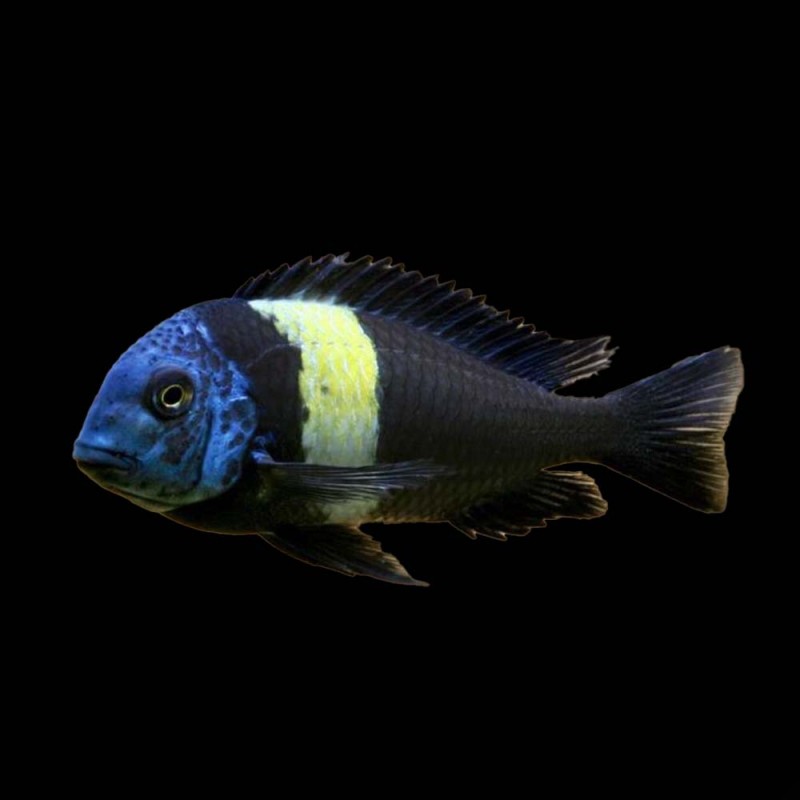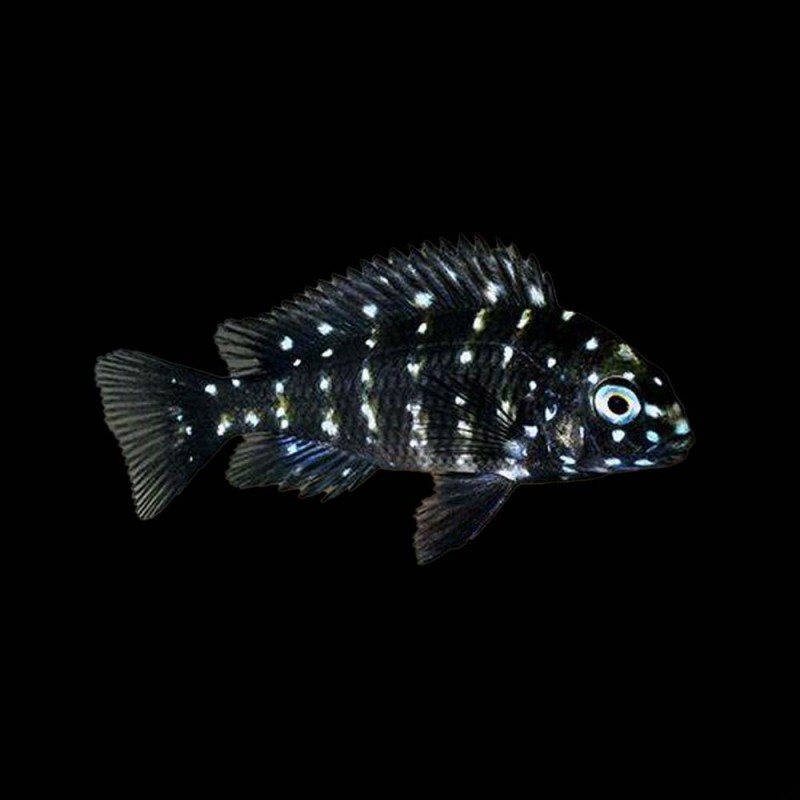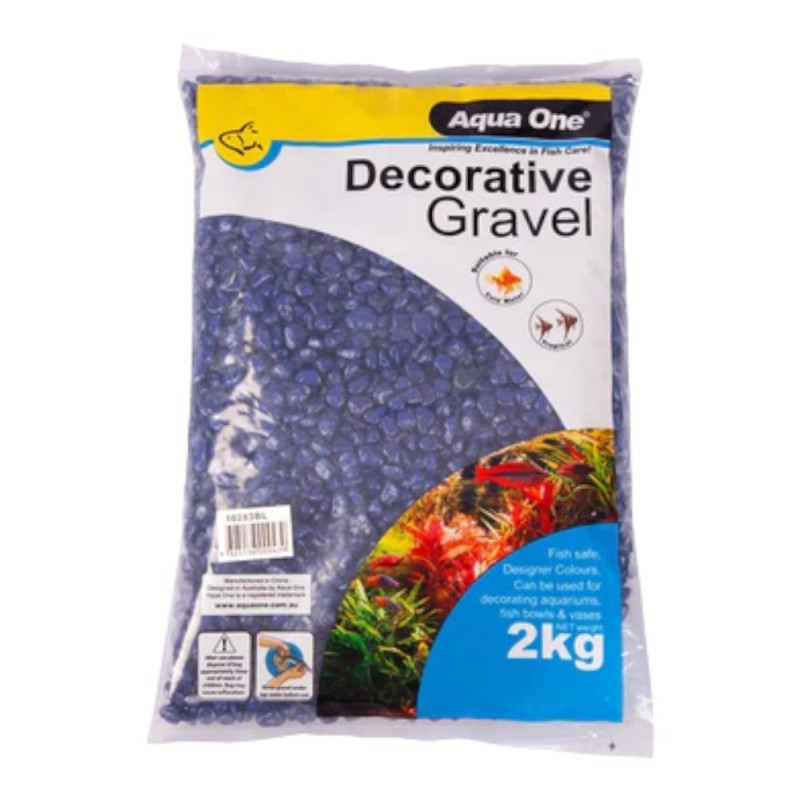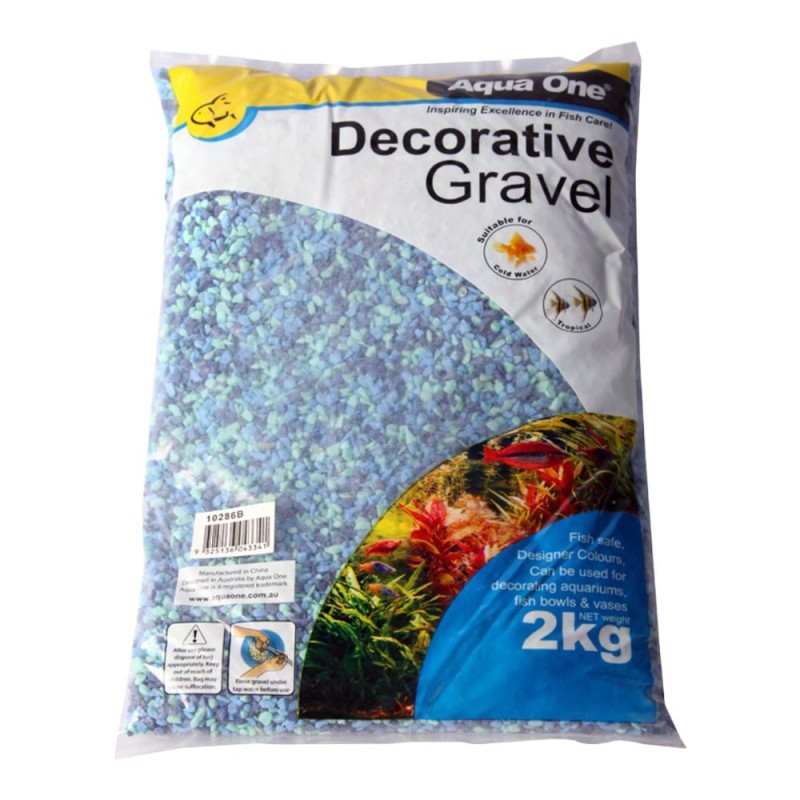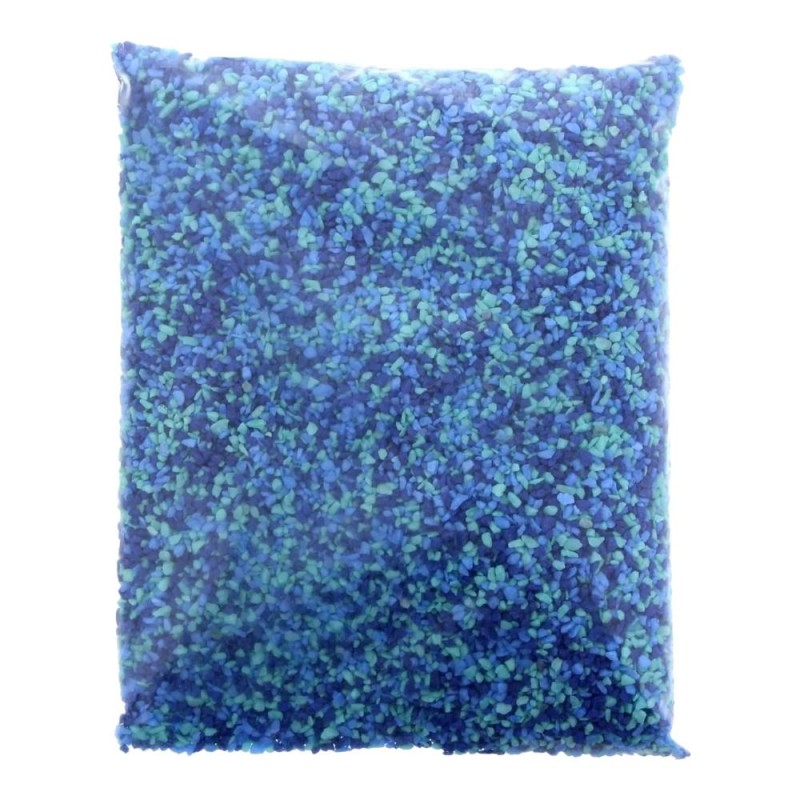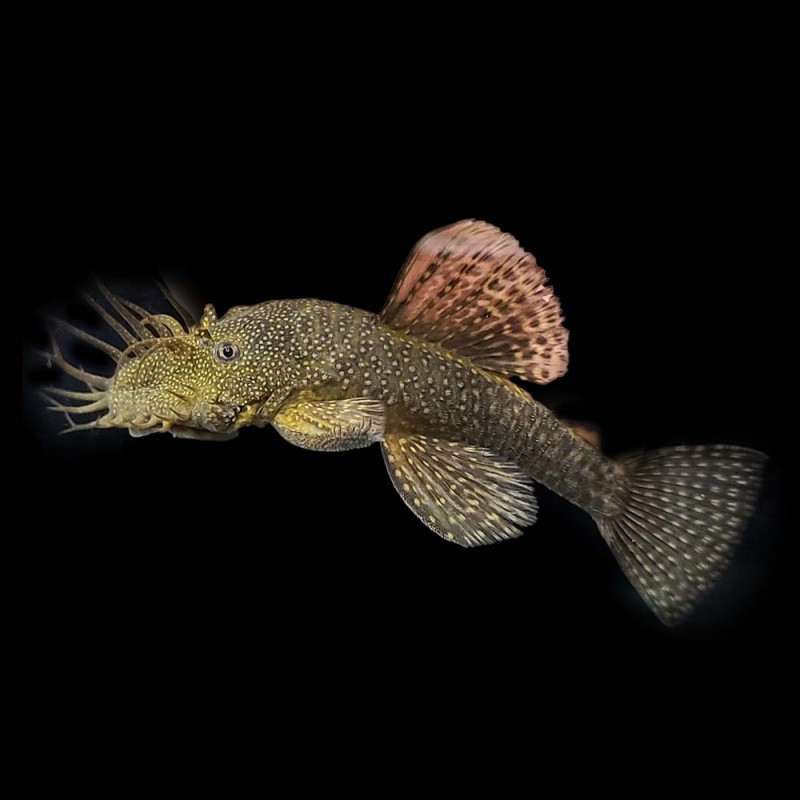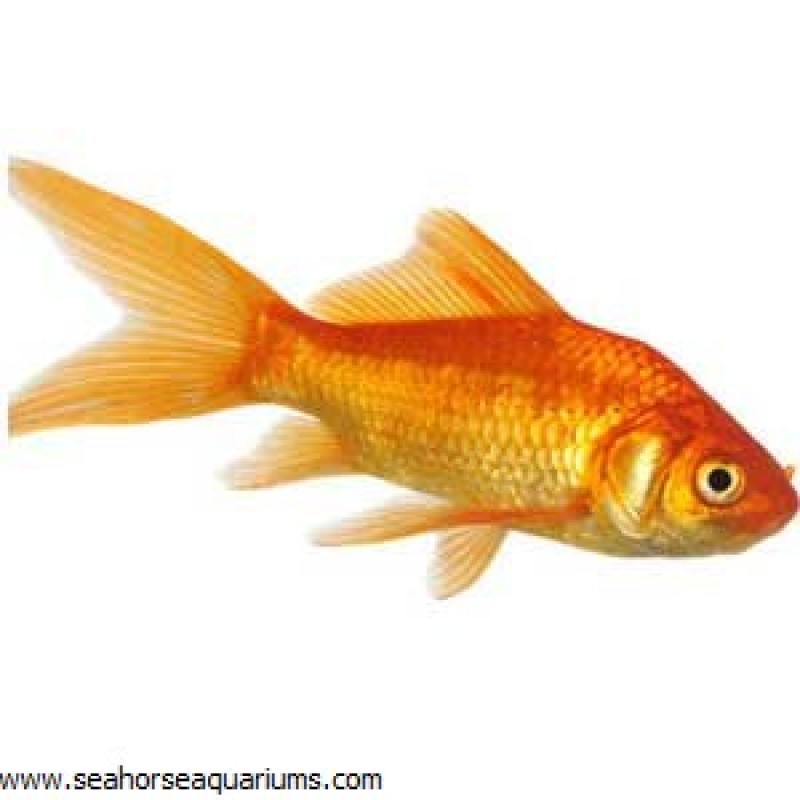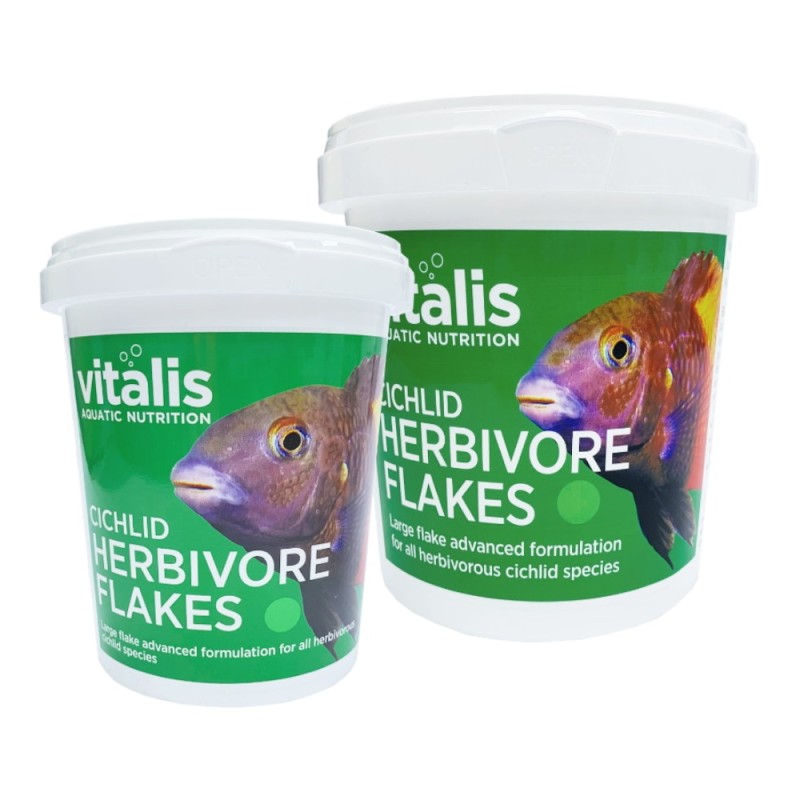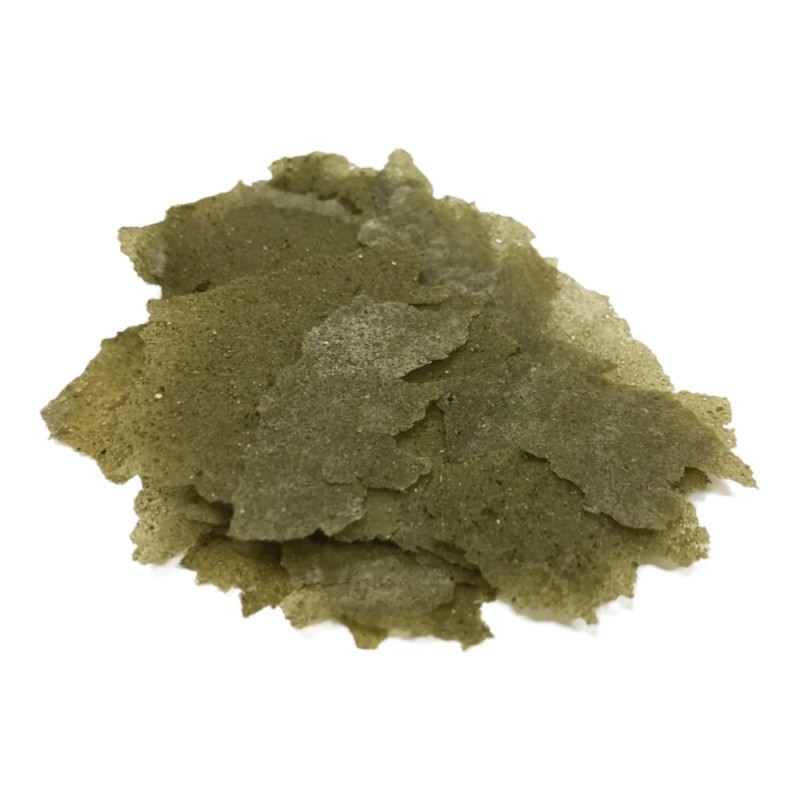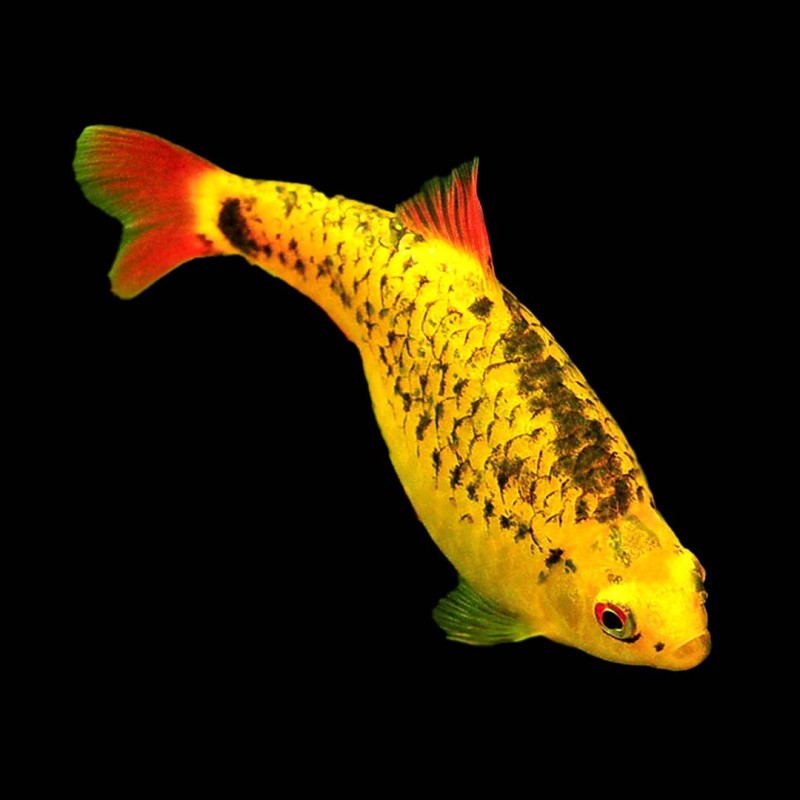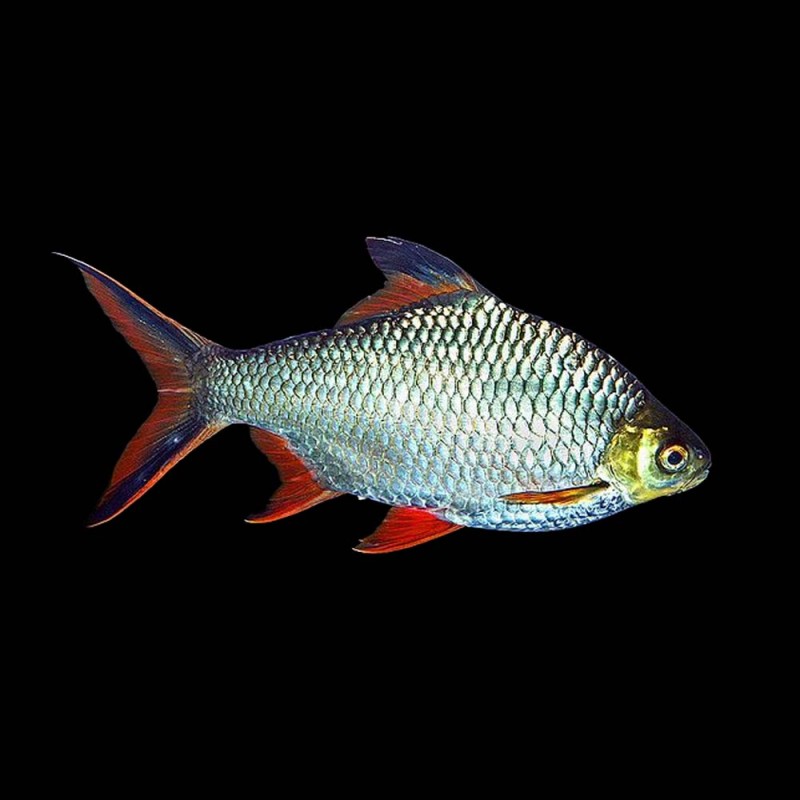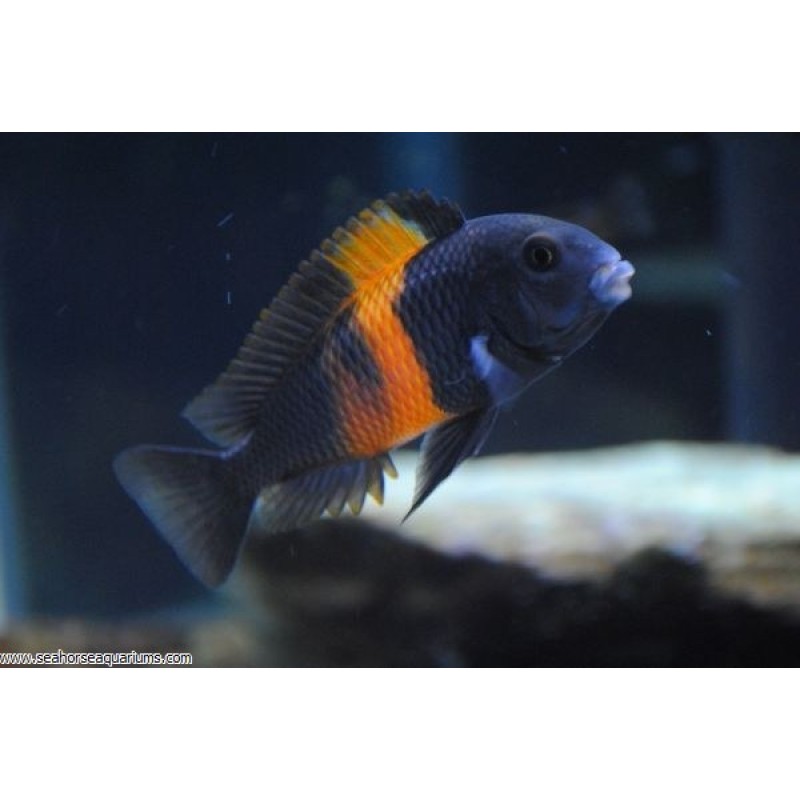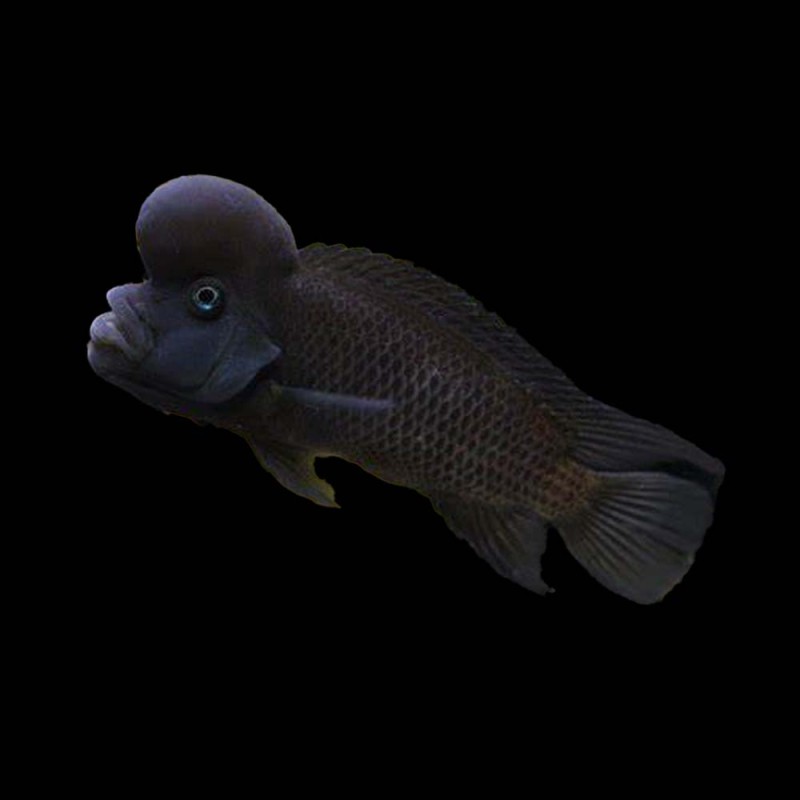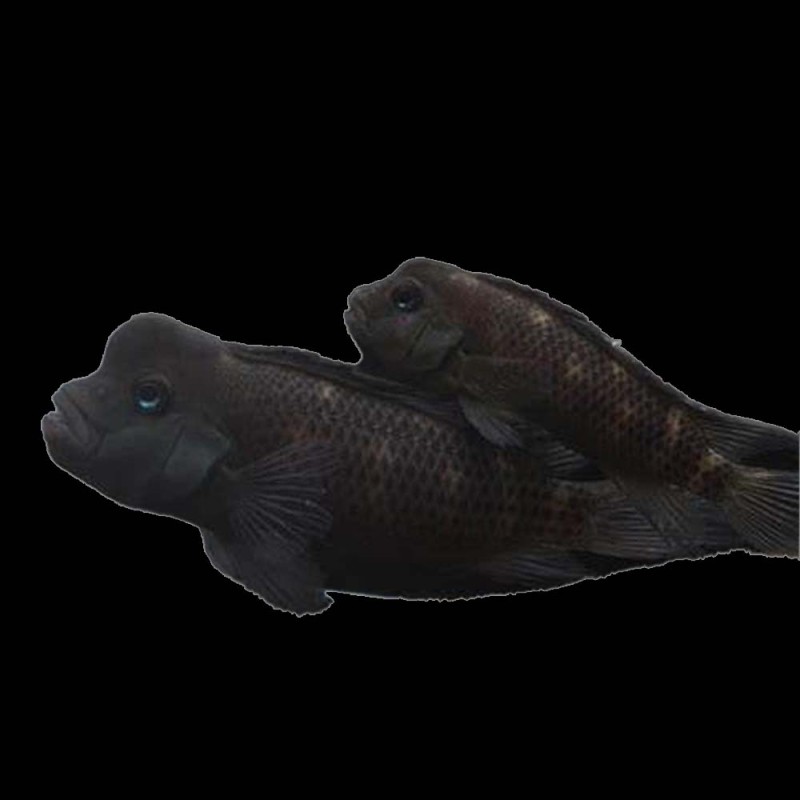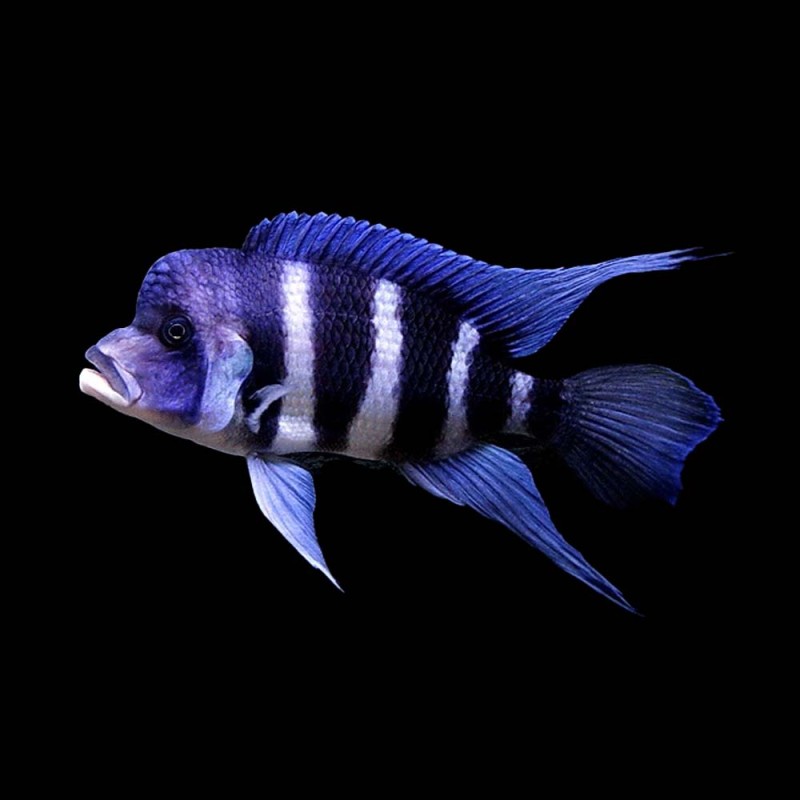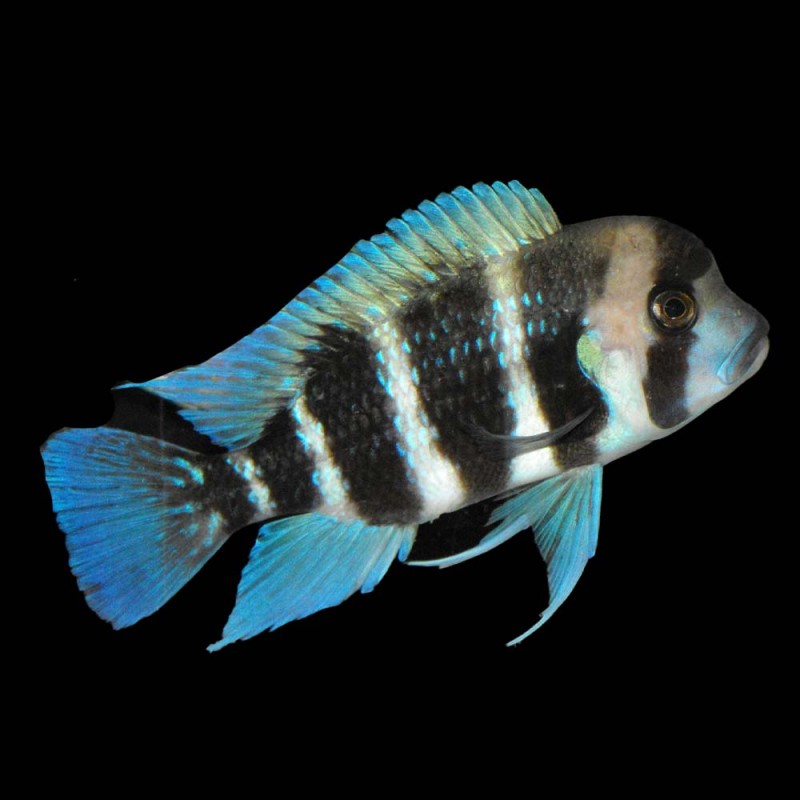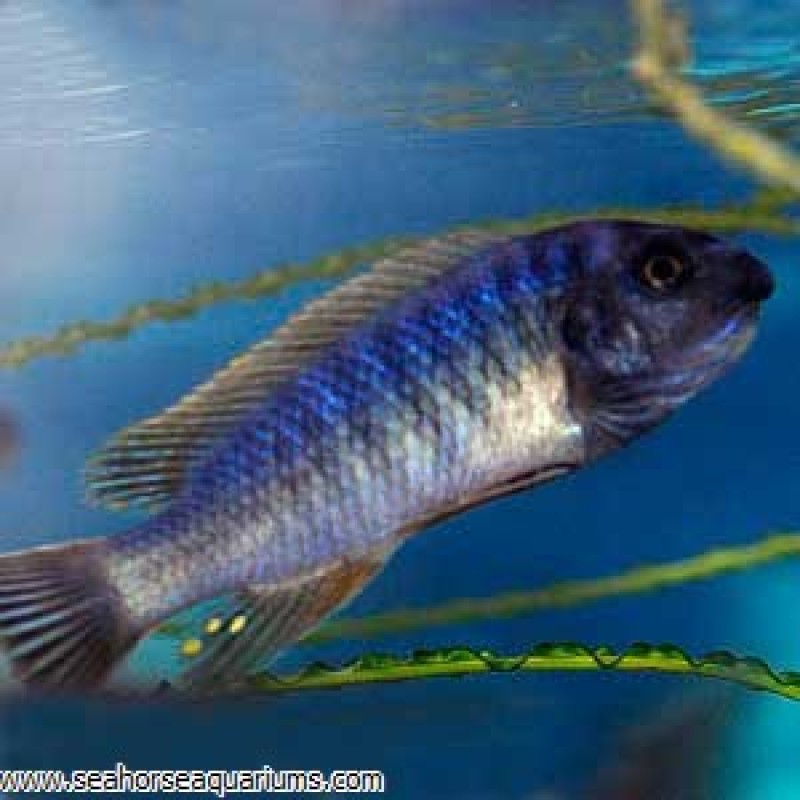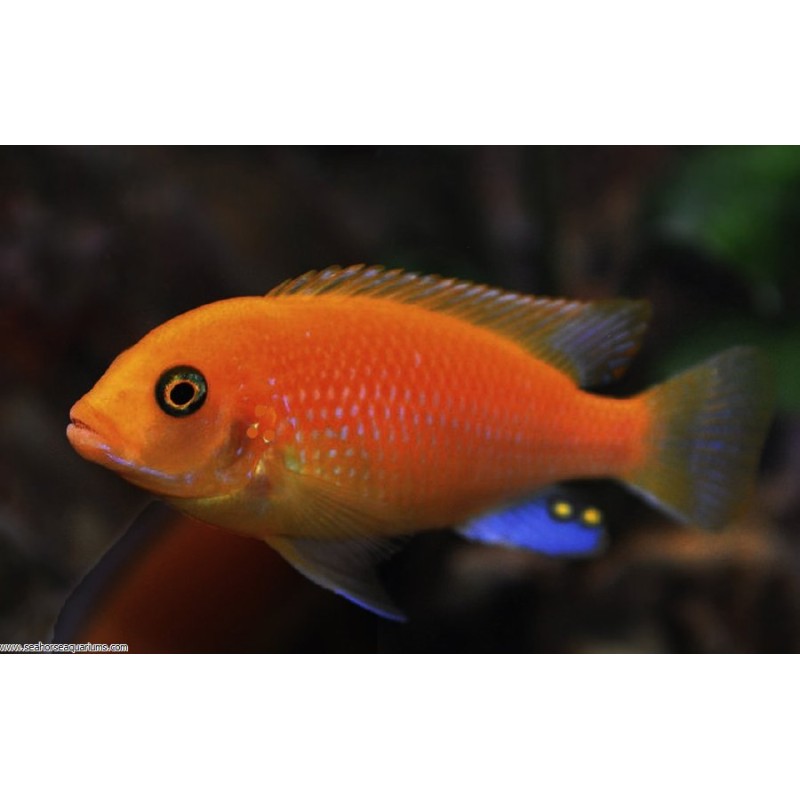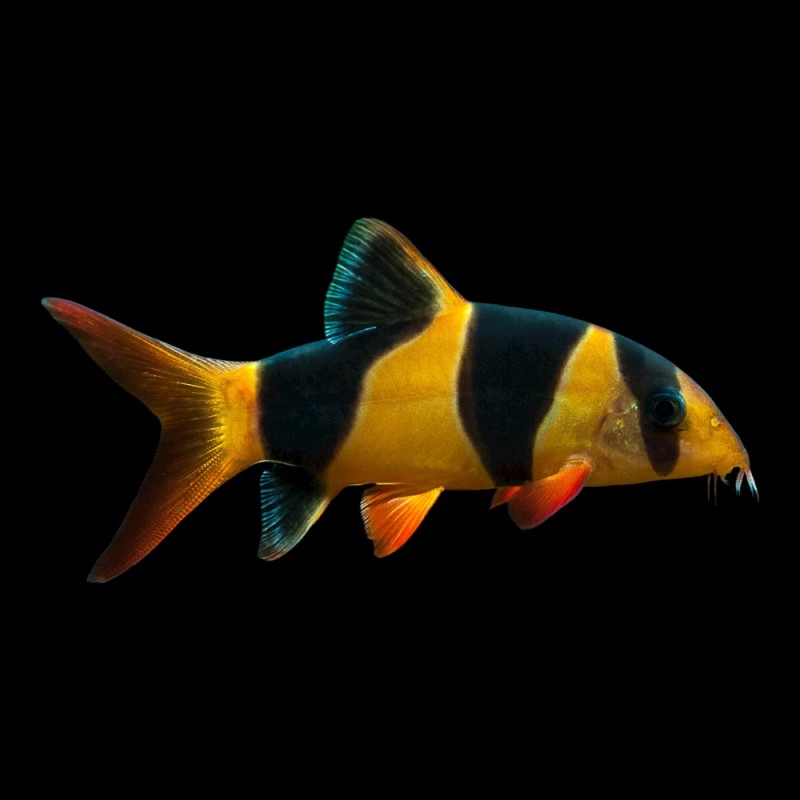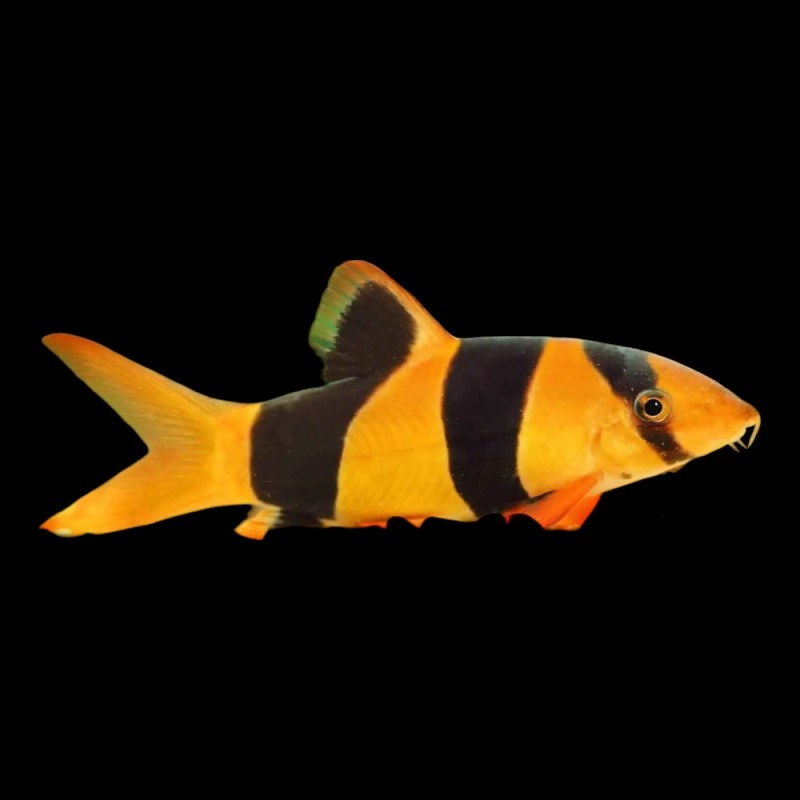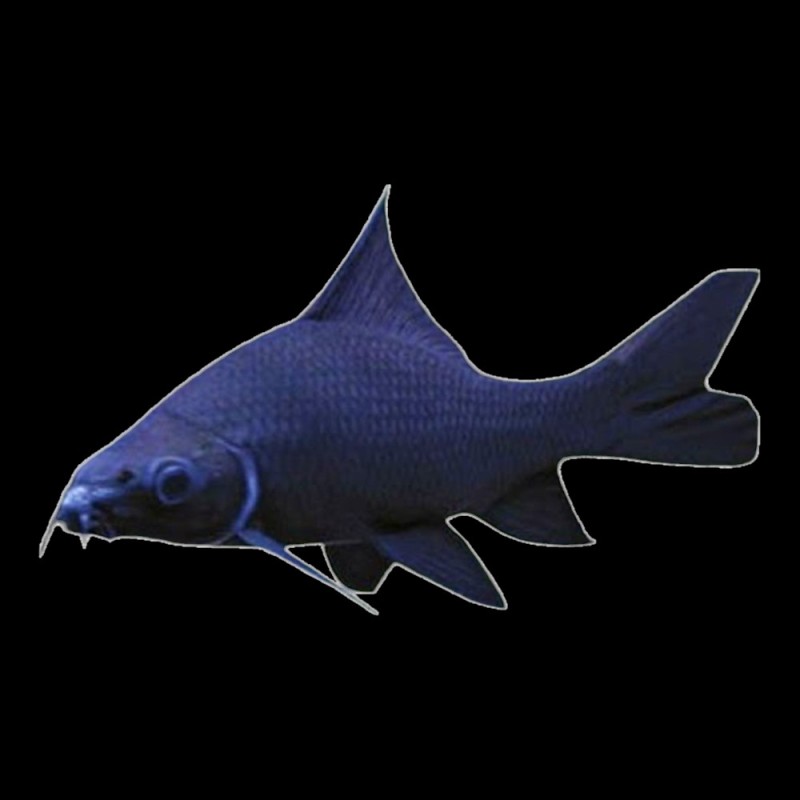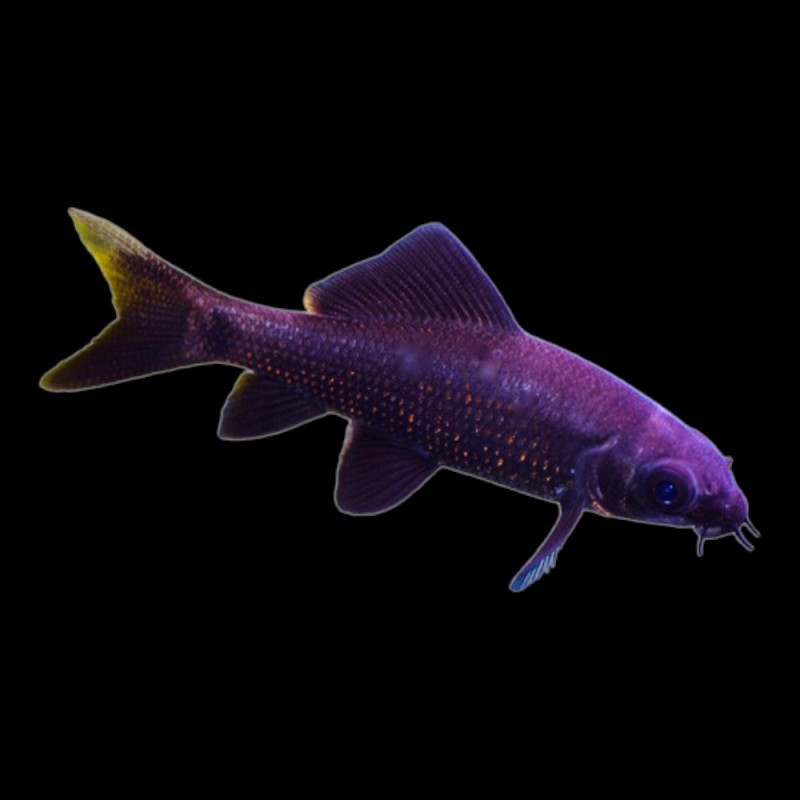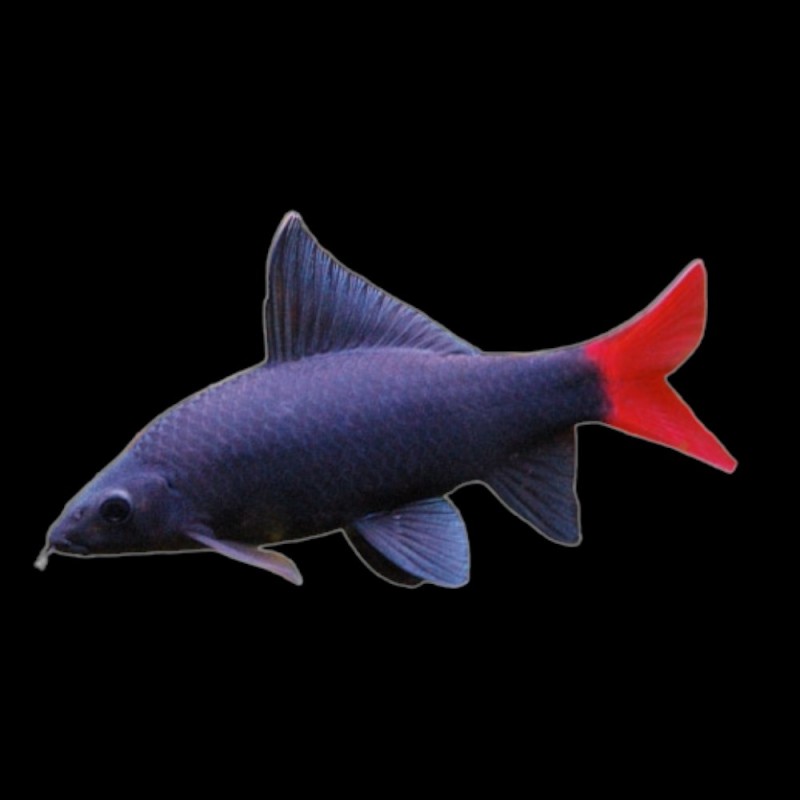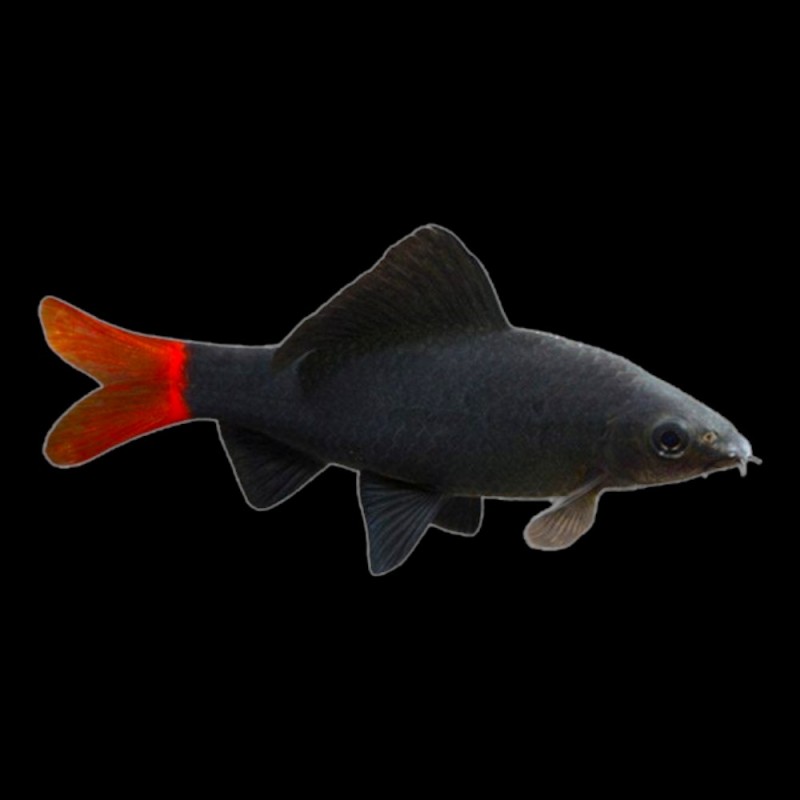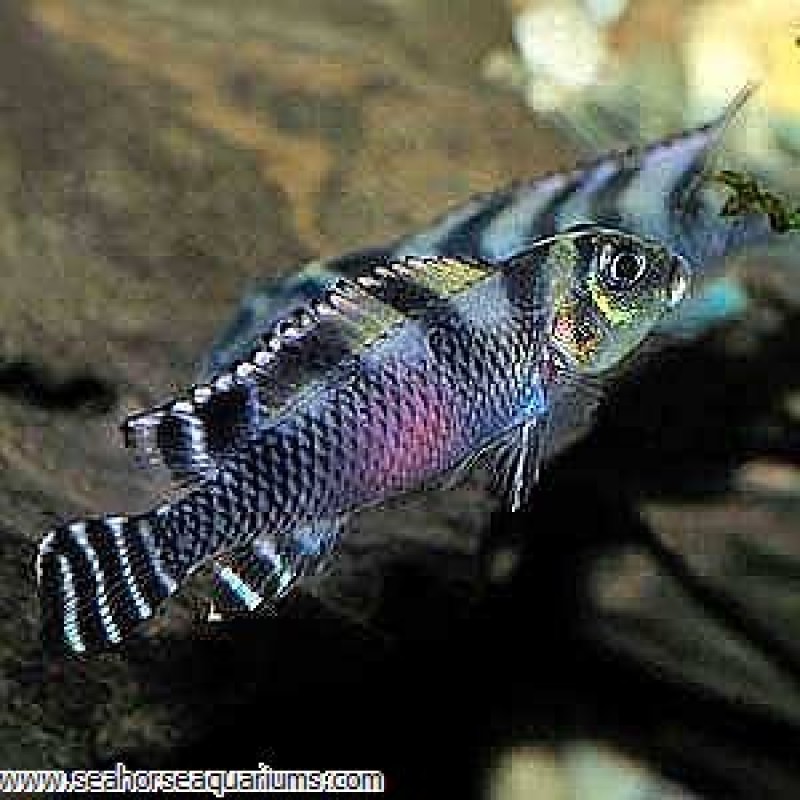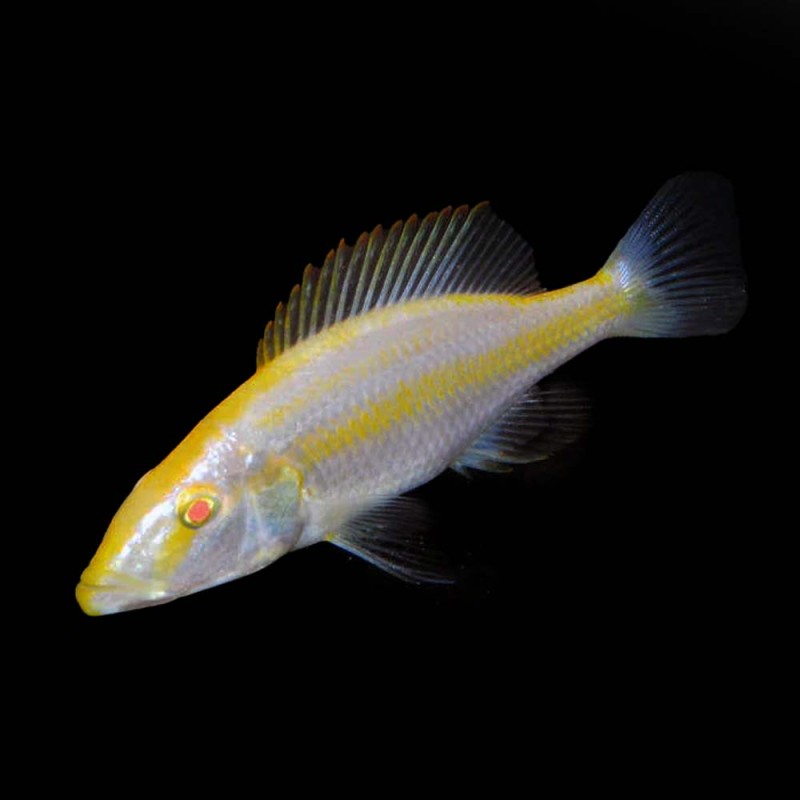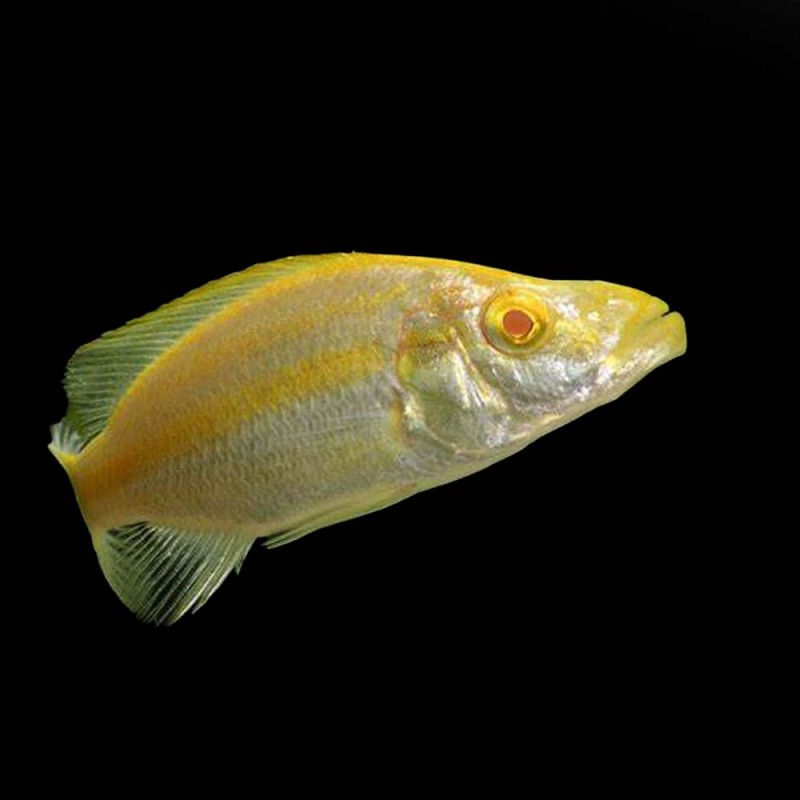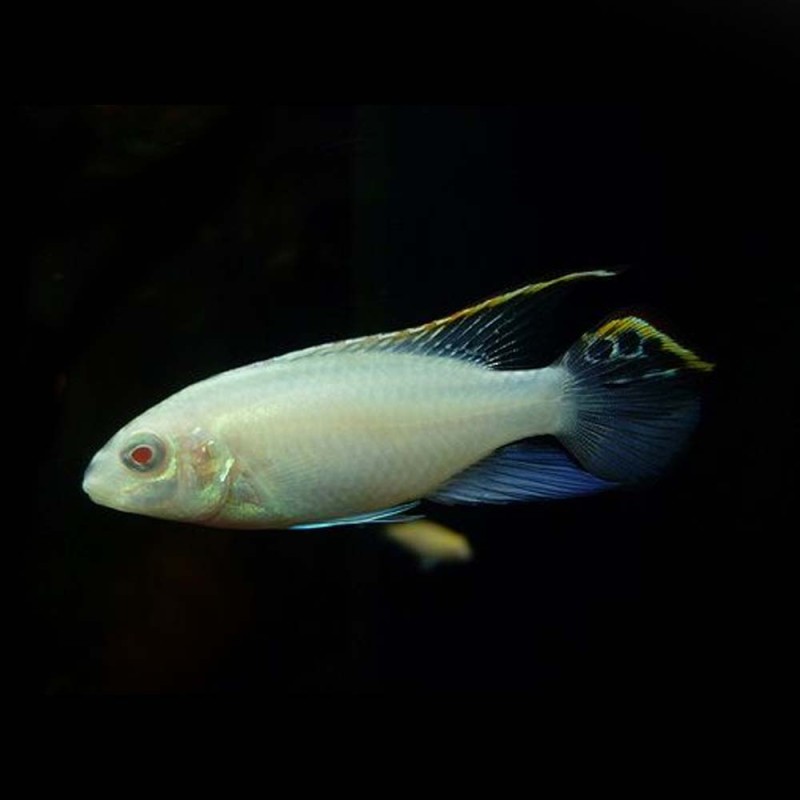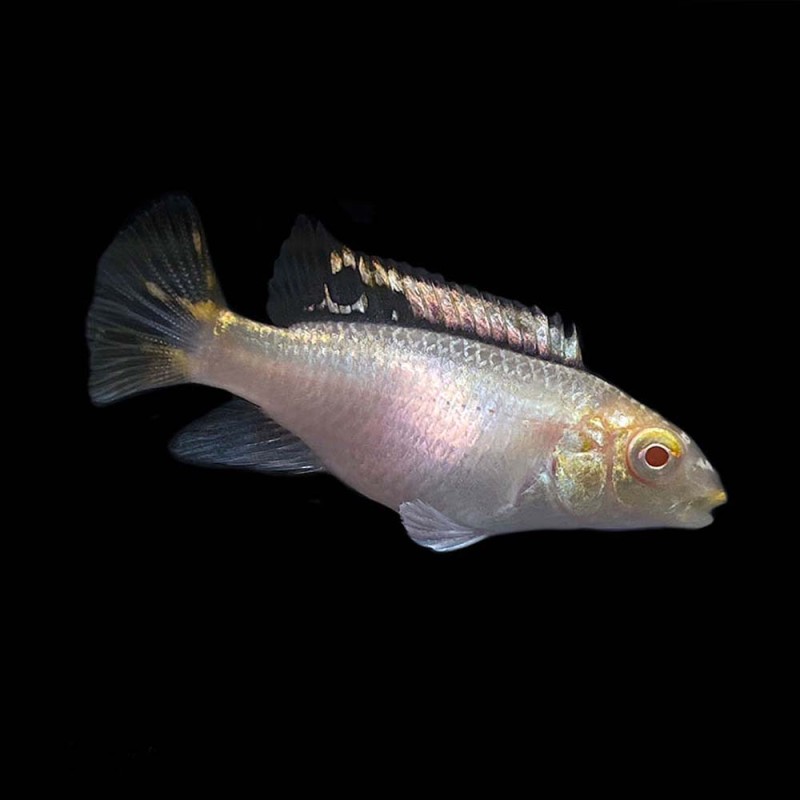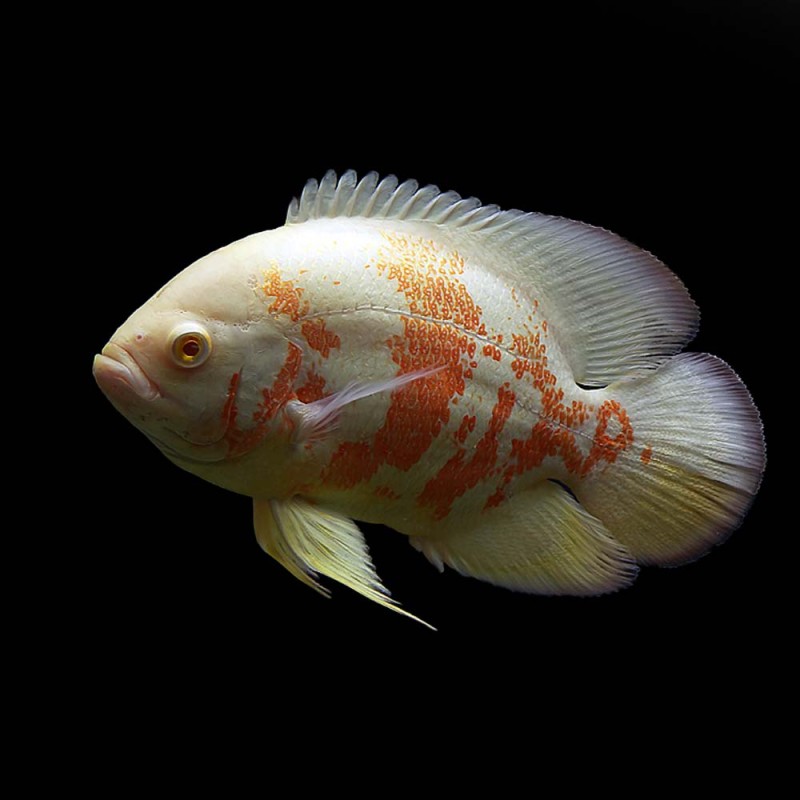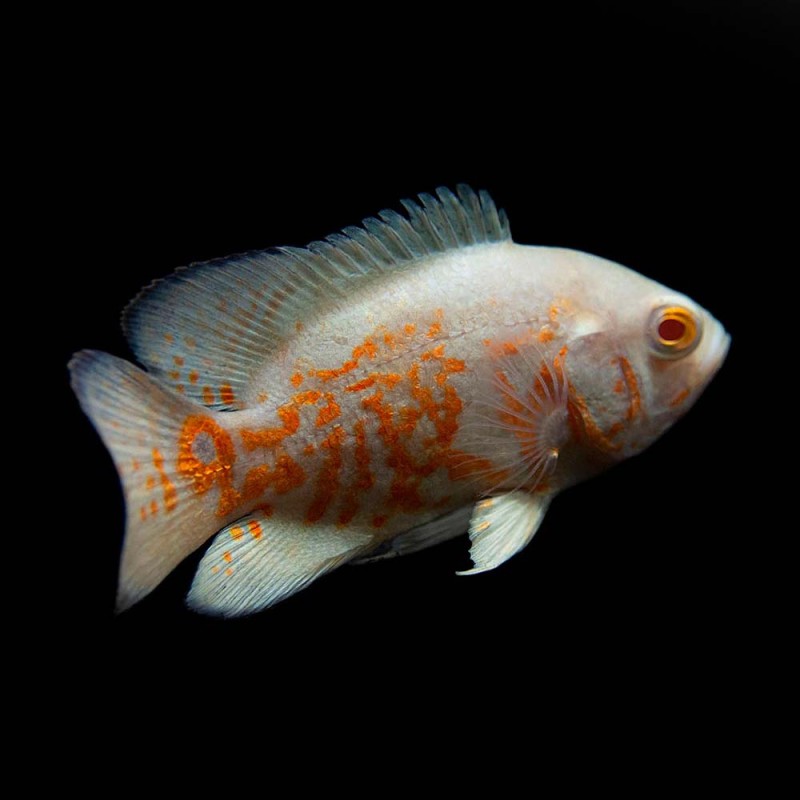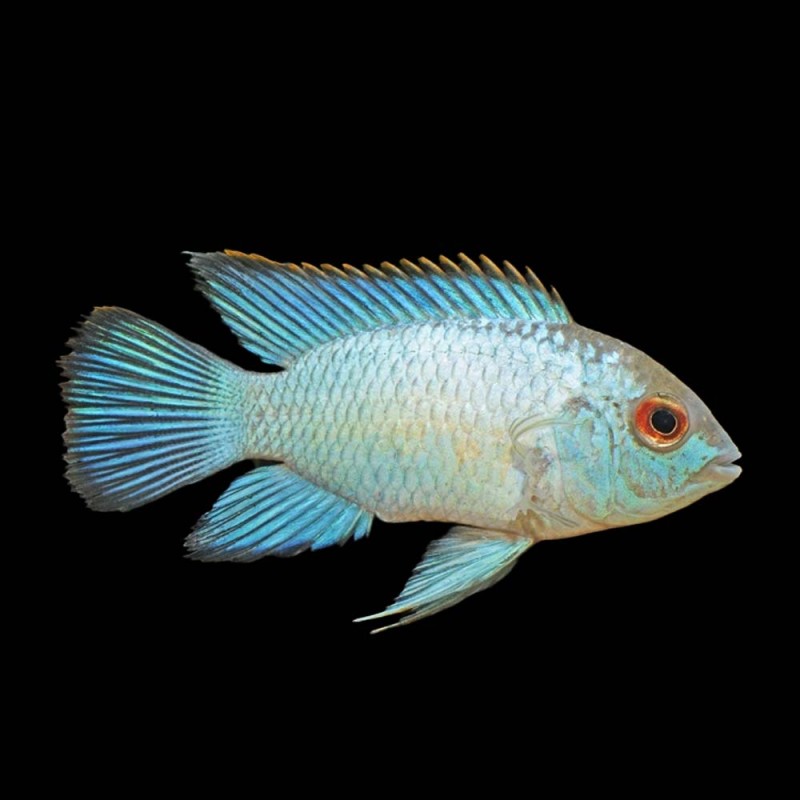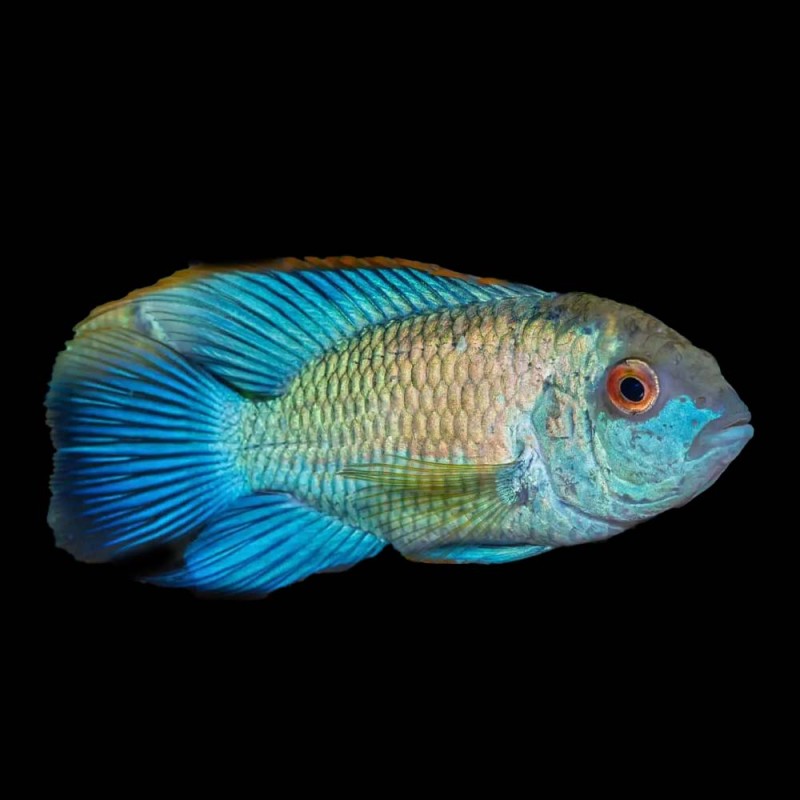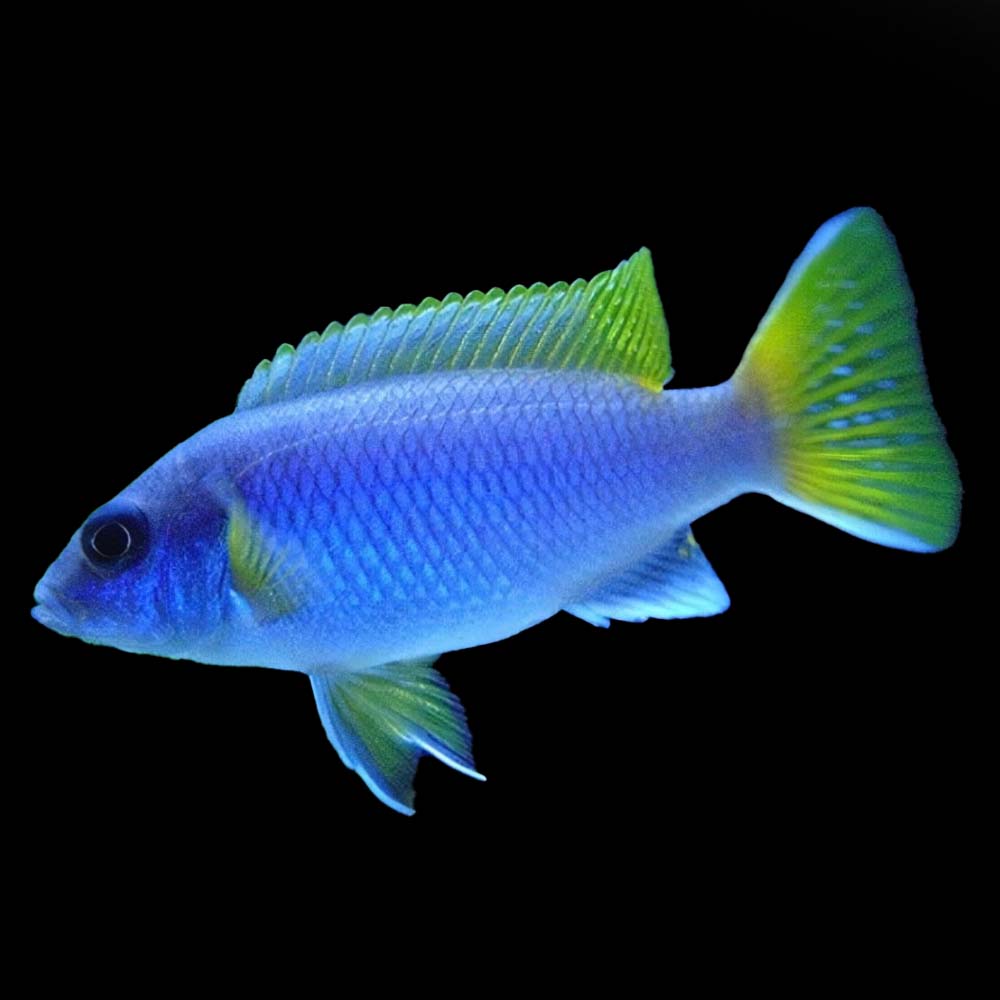
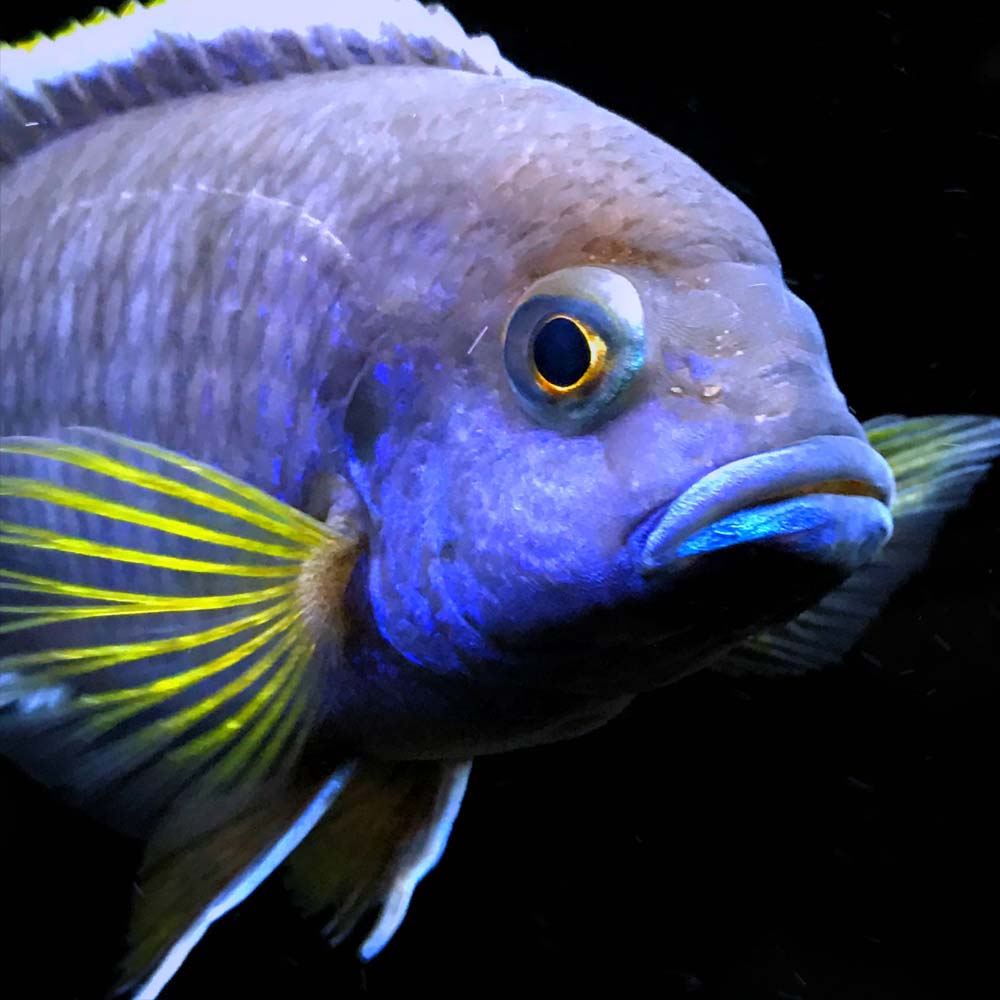


Acei Cichlid
From €14.99
Ex Tax: €12.19
- Stock: In Stock
- Model: -
- EAN: 317163041116
Available Options
Acei Cichlid (Pseudotropheus acei)
The Acei Cichlid, scientifically known as Pseudotropheus acei, is a vibrant and peaceful species of cichlid native to Lake Malawi in Africa. Known for its unique coloration and amiable nature, the Acei Cichlid is a favorite among aquarium enthusiasts.
Physical Characteristics:
- Most notable for their elongated bodies and striking yellow or purple-blue coloration.
- They possess a distinctive yellow-tipped tail, which contrasts beautifully with their darker body.
- Adults can grow up to 6 inches (15 cm) in length in captivity.
Natural Habitat:
- In the wild, Acei Cichlids are found in the rocky shores and sandy areas of Lake Malawi.
- They prefer environments with plenty of hiding spots among rocks and submerged wood.
Care and Aquarium Setup:
- Acei Cichlids thrive in spacious aquariums that replicate their natural habitat, with a recommended minimum tank size of 55 gallons for a group.
- The aquarium should include ample rockwork and caves to provide hiding spaces and territories.
- Water conditions should mimic those of Lake Malawi, with a pH range of 7.5-8.5 and temperatures between 24-28°C (75-82°F).
Diet:
- They are omnivorous, with a diet in the wild consisting of algae and small invertebrates.
- In captivity, they should be fed a variety of foods, including quality cichlid pellets, spirulina flakes, and occasional live or frozen foods.
Behaviour and Compatibility:
- Acei Cichlids are known for their peaceful temperament, especially compared to other African cichlids.
- They do well in a community tank with other Malawi cichlids of similar size and temperament.
- These fish are social and prefer to be kept in groups, which helps reduce aggression and stress.
Breeding:
- Acei Cichlids are maternal mouthbrooders. Females carry fertilized eggs and fry in their mouth to protect them until they are ready to fend for themselves.
- Breeding in captivity can be encouraged with good water quality, a balanced diet, and proper tank conditions.
